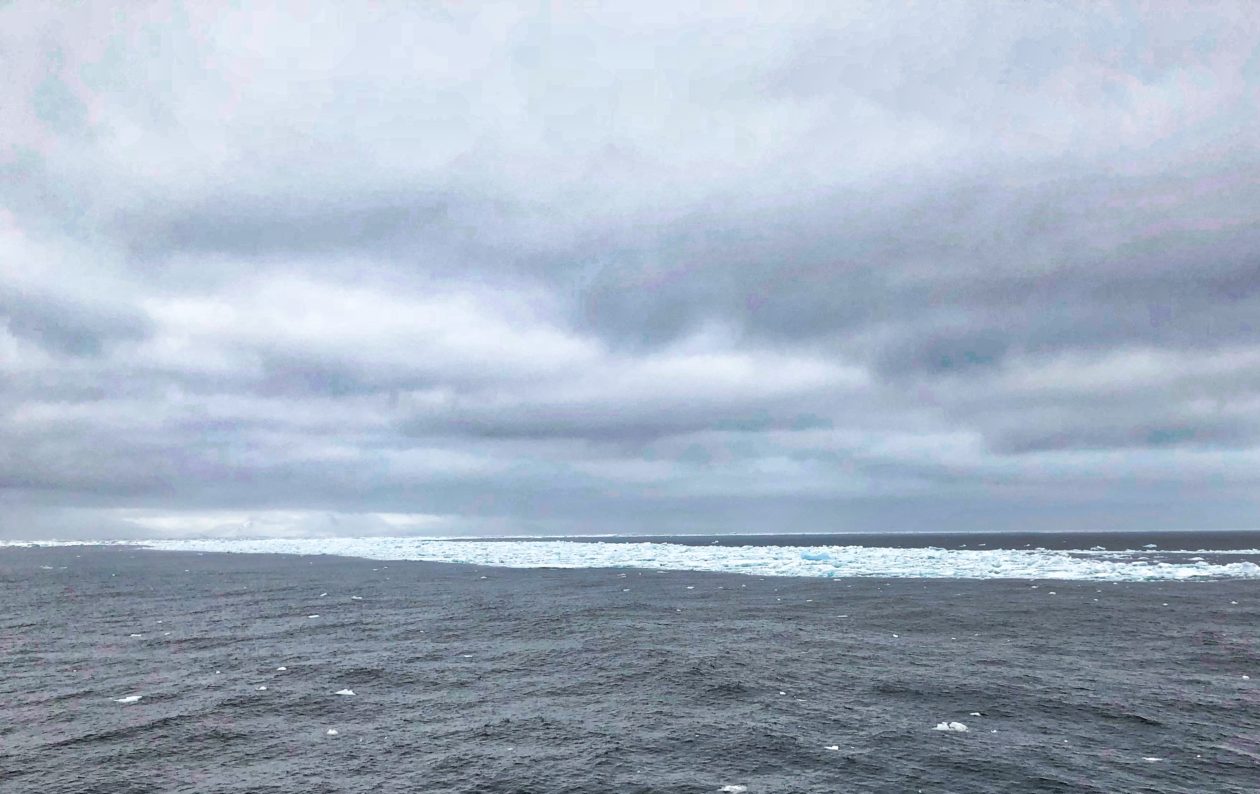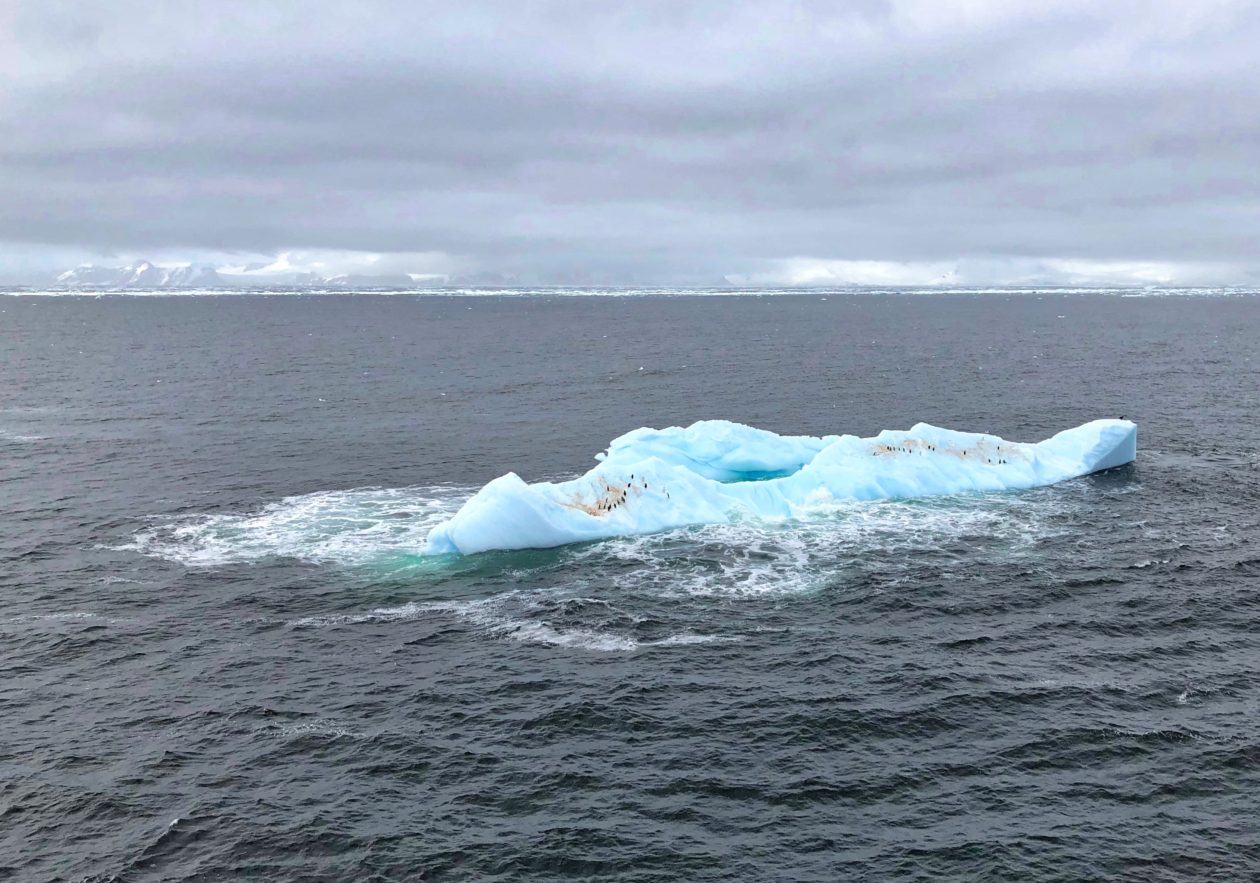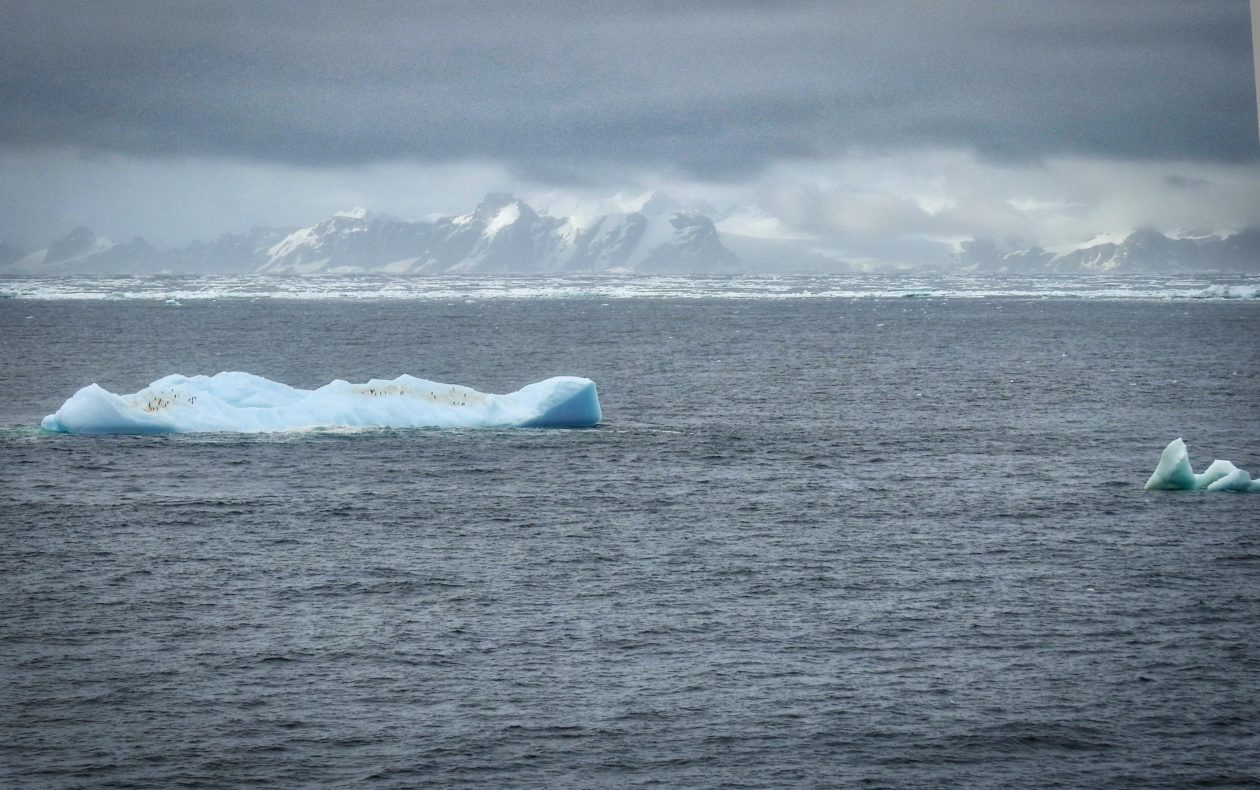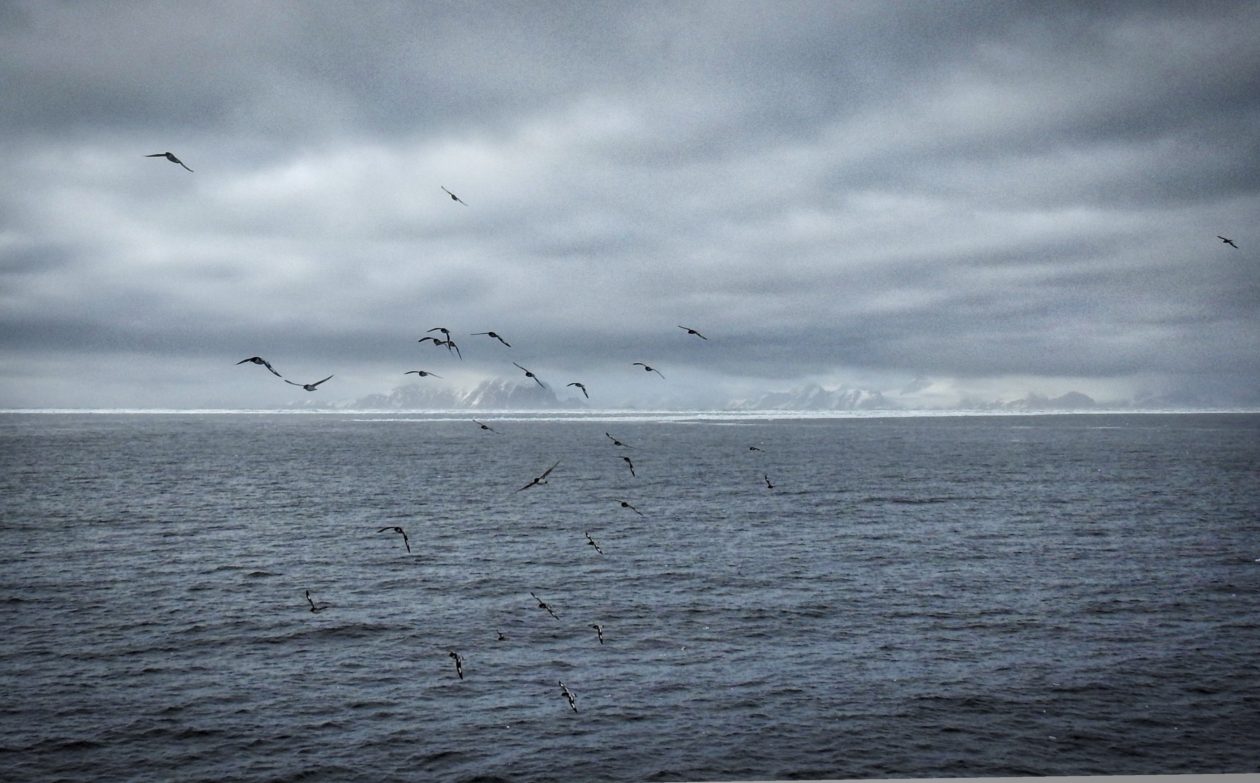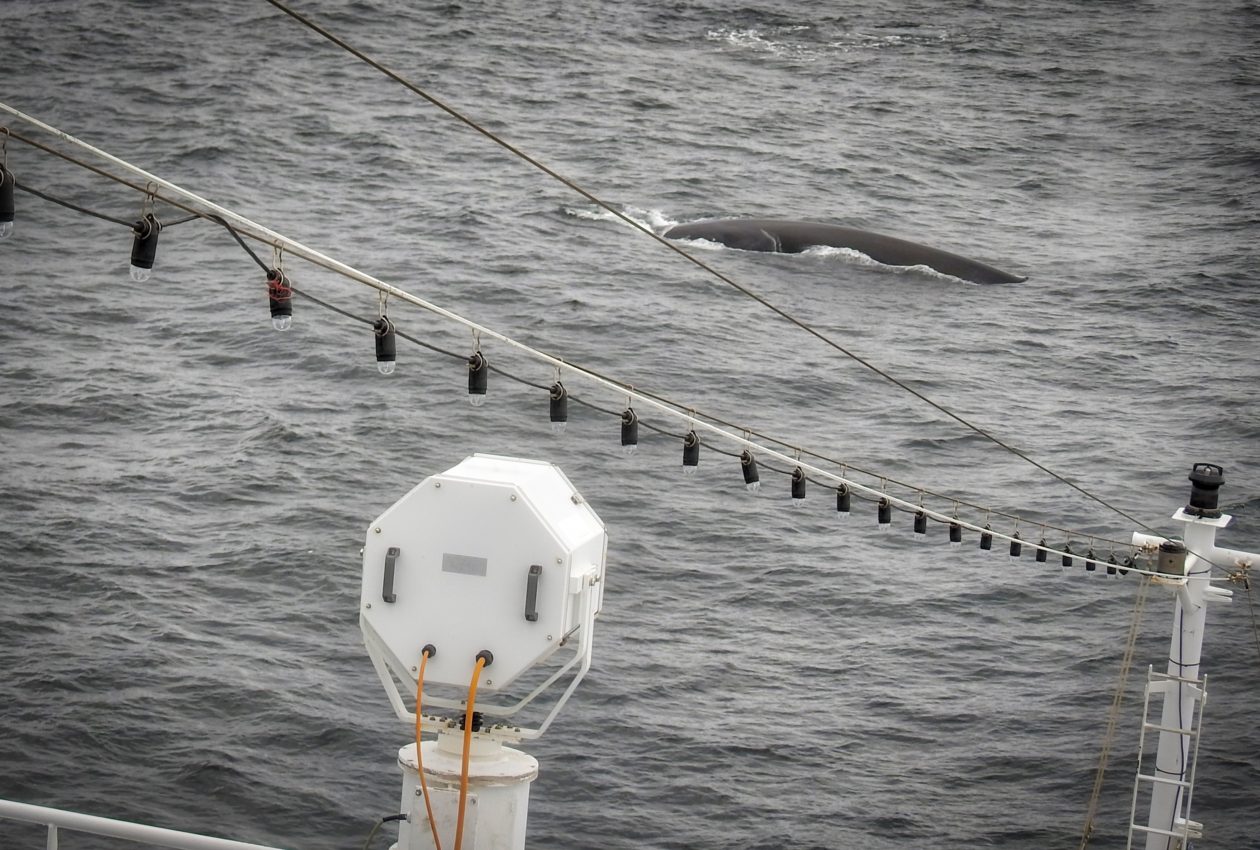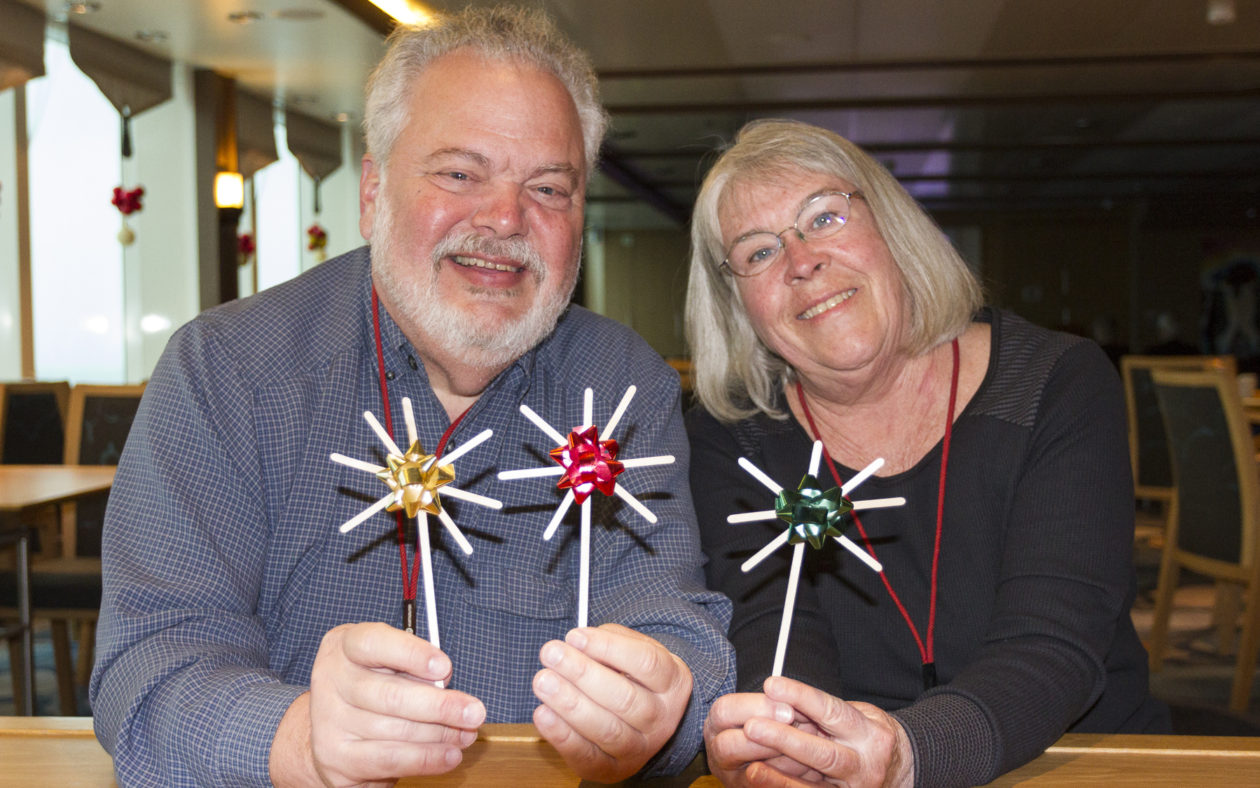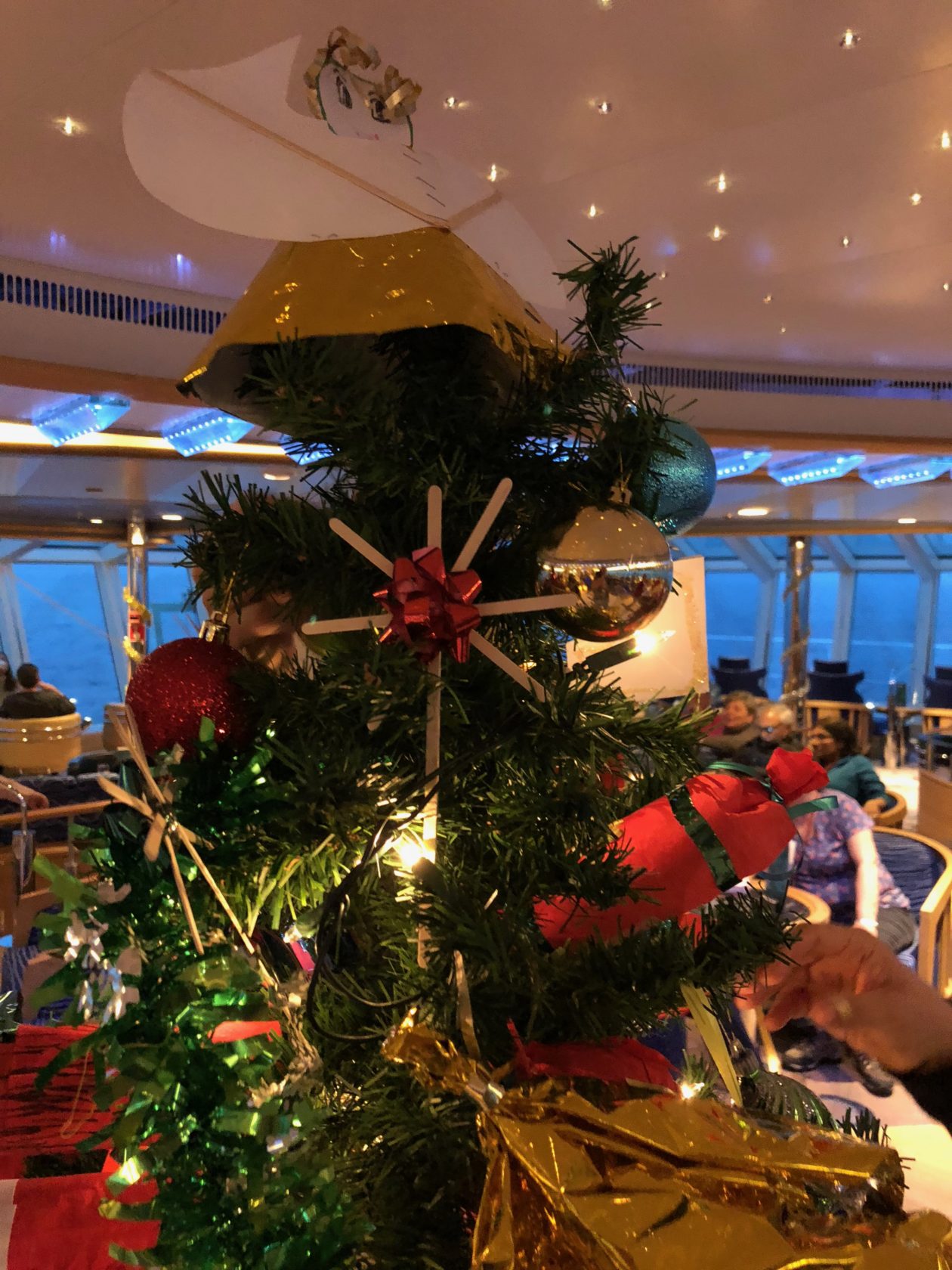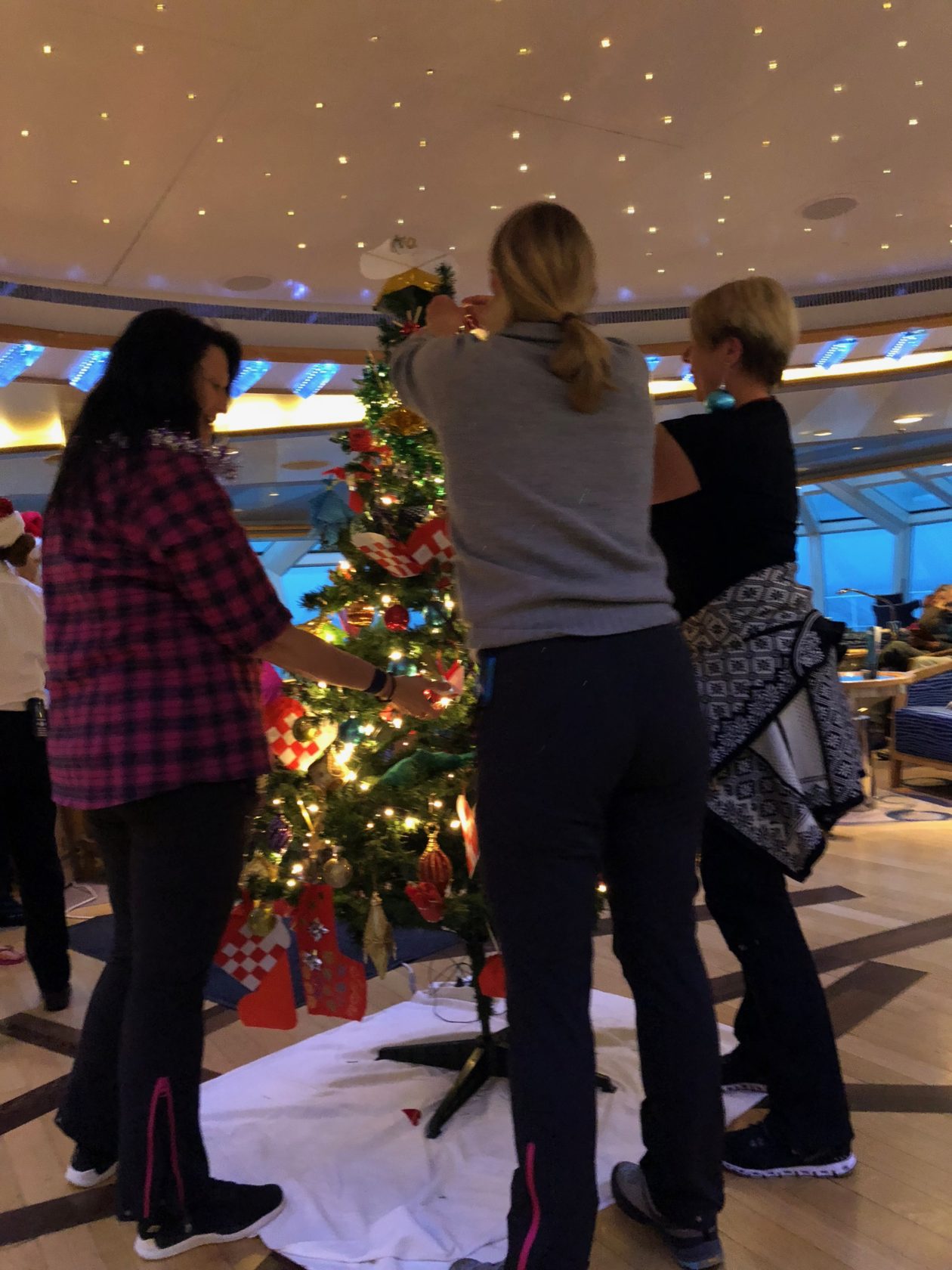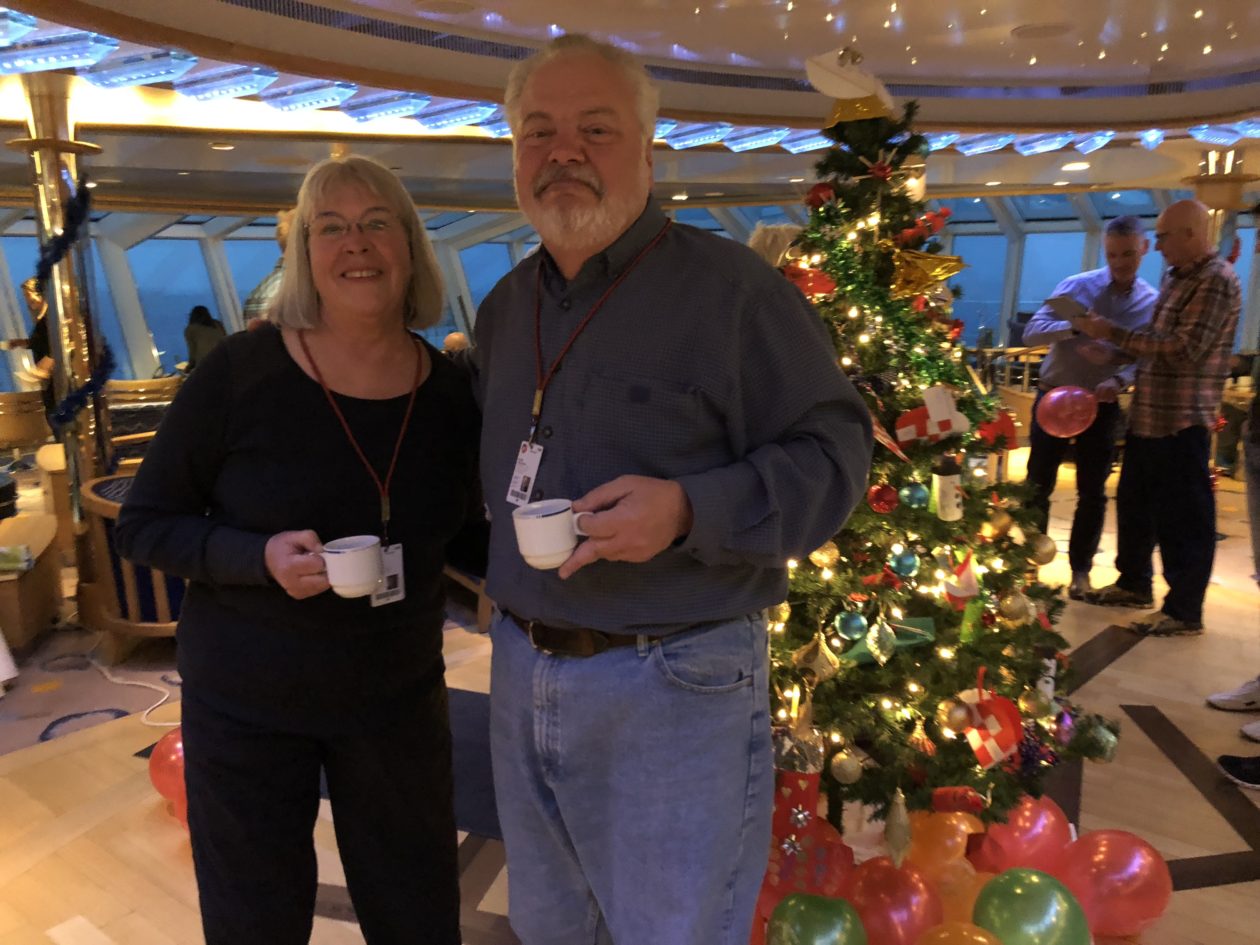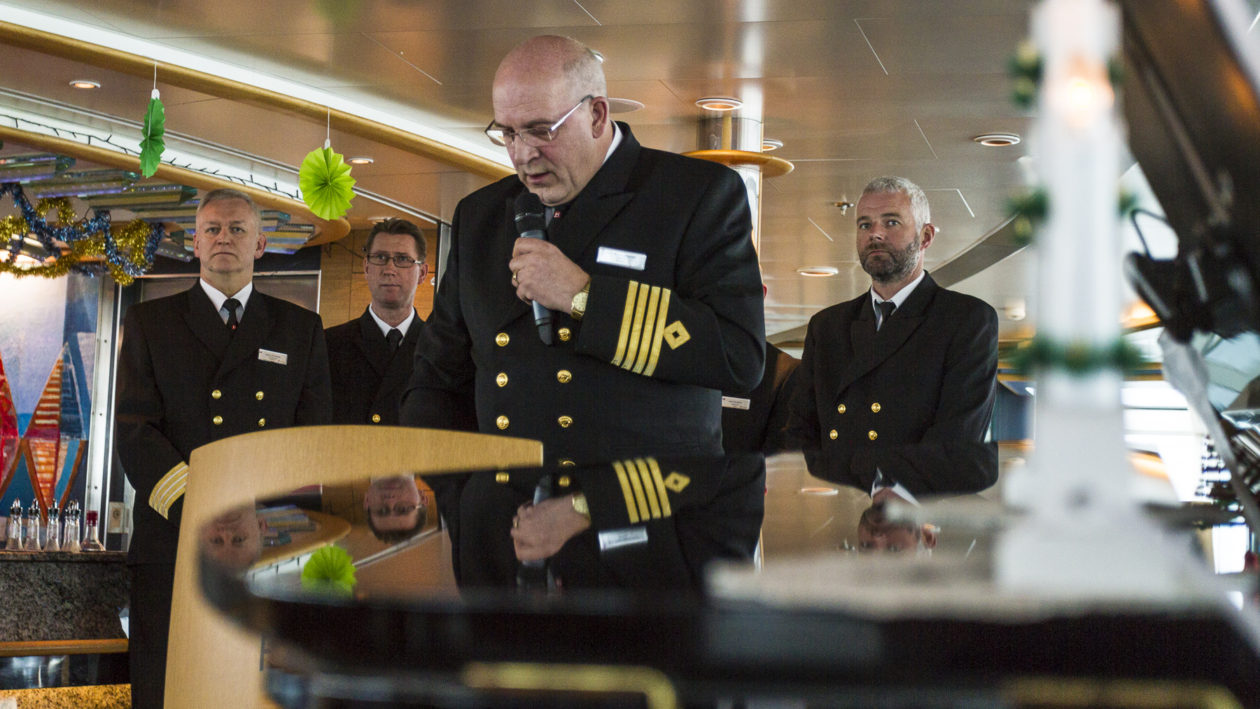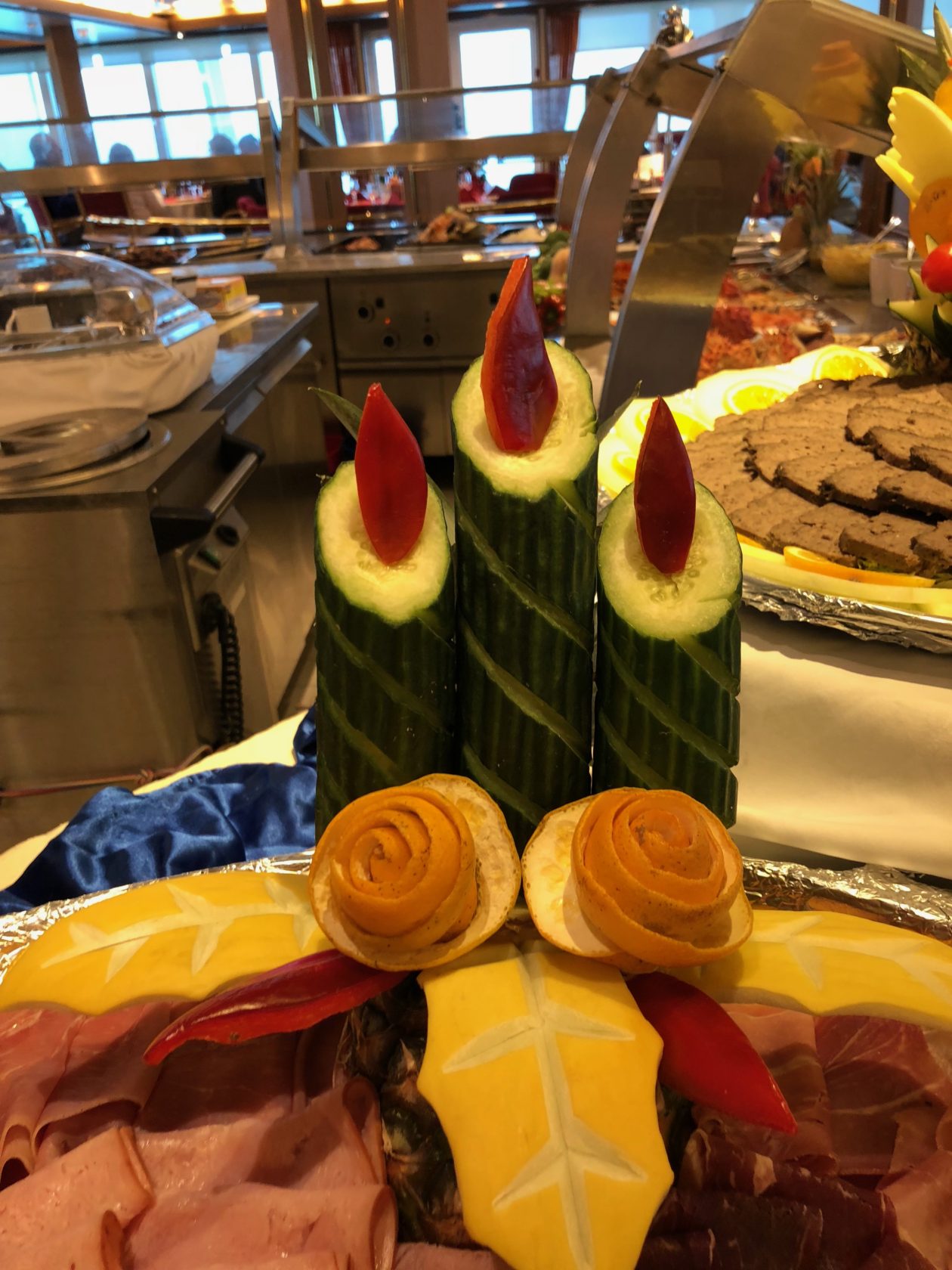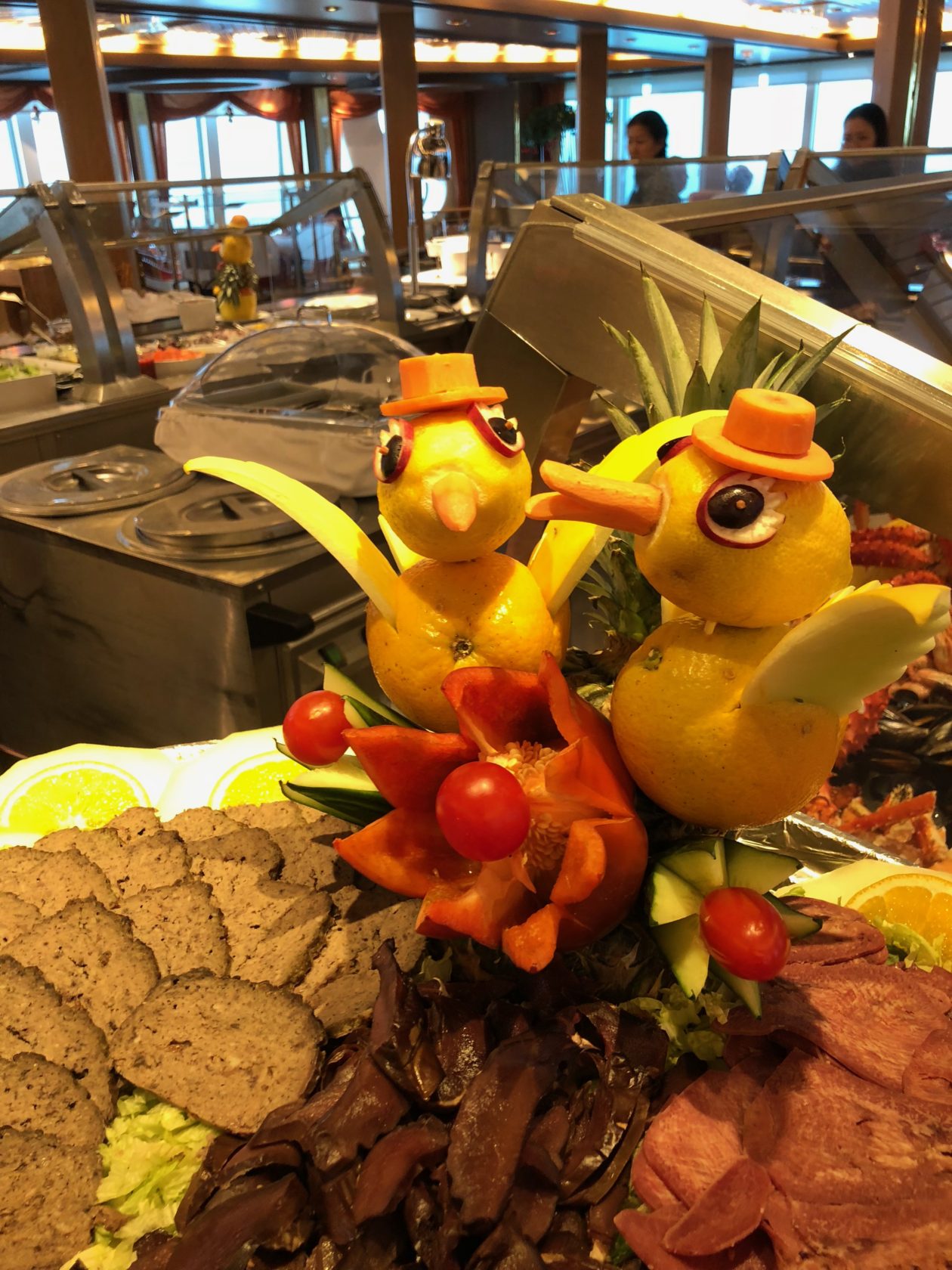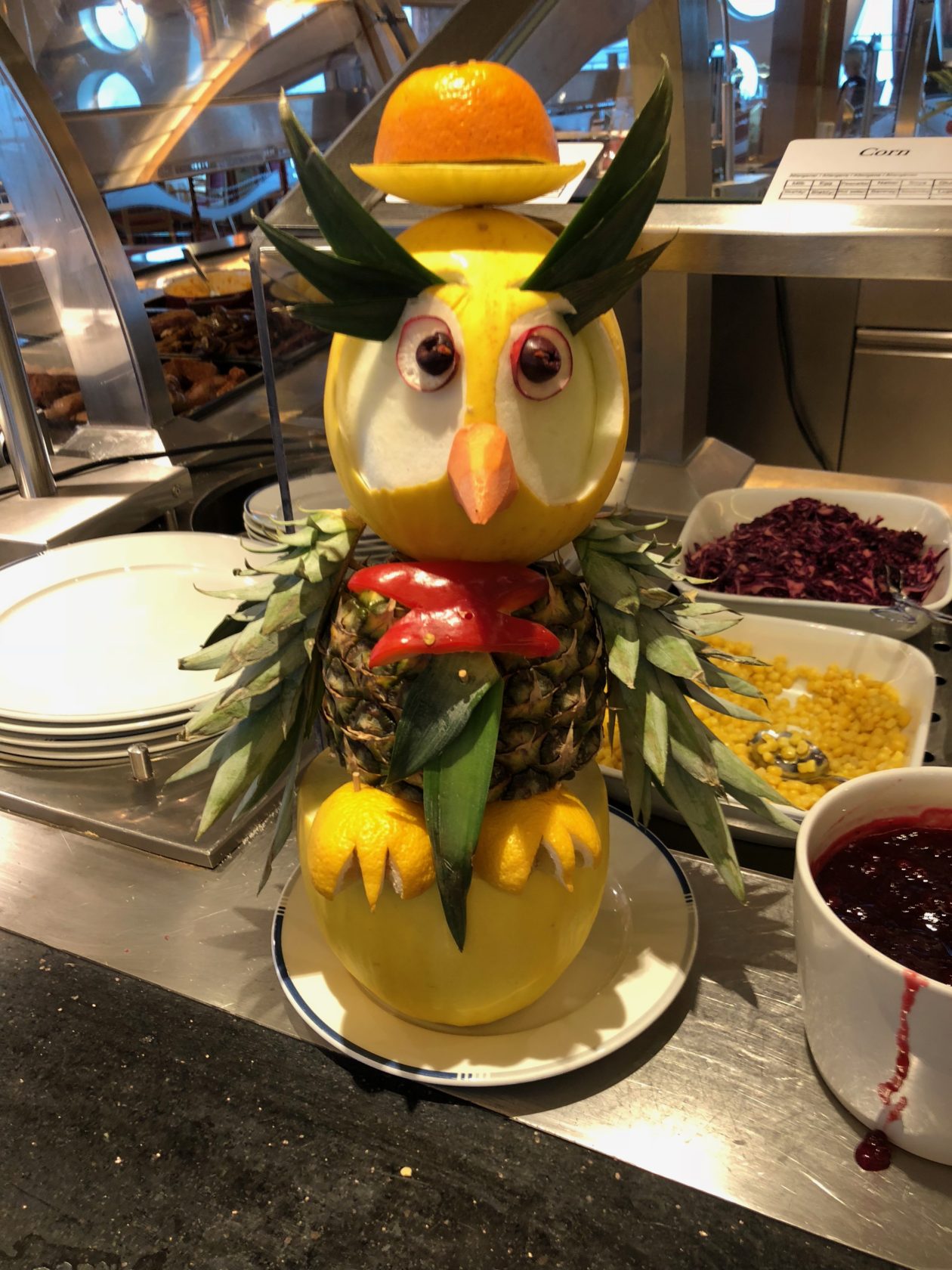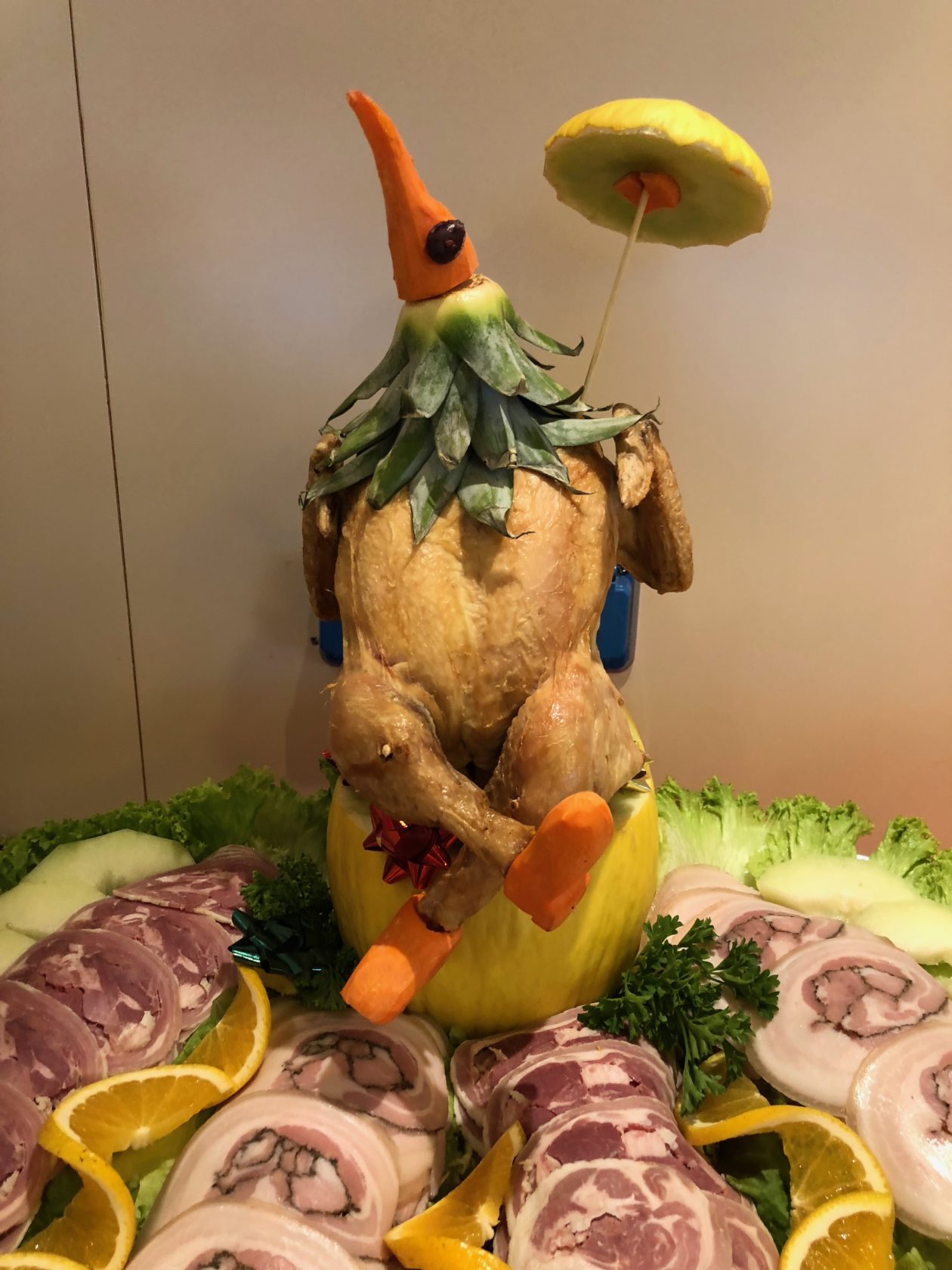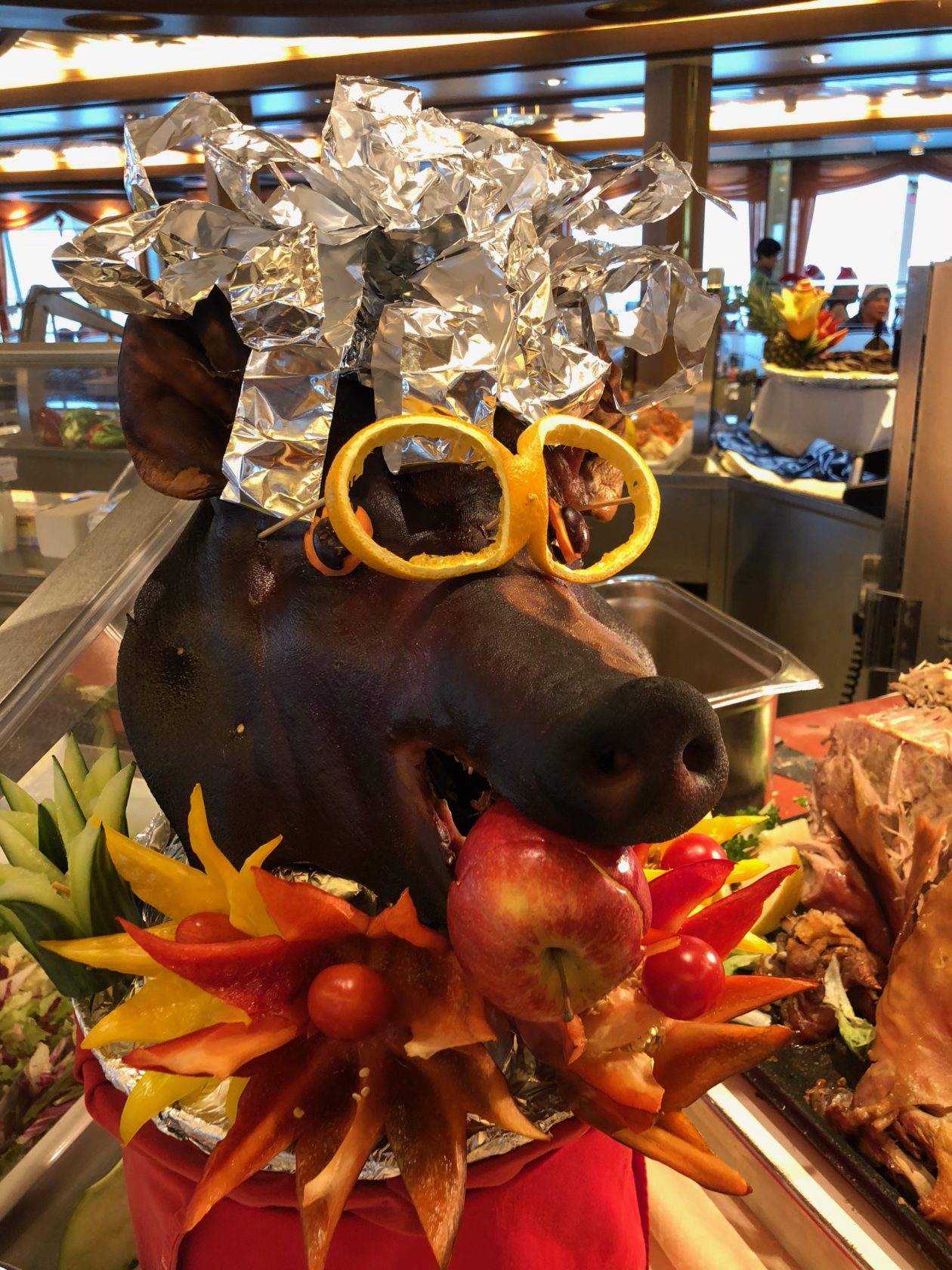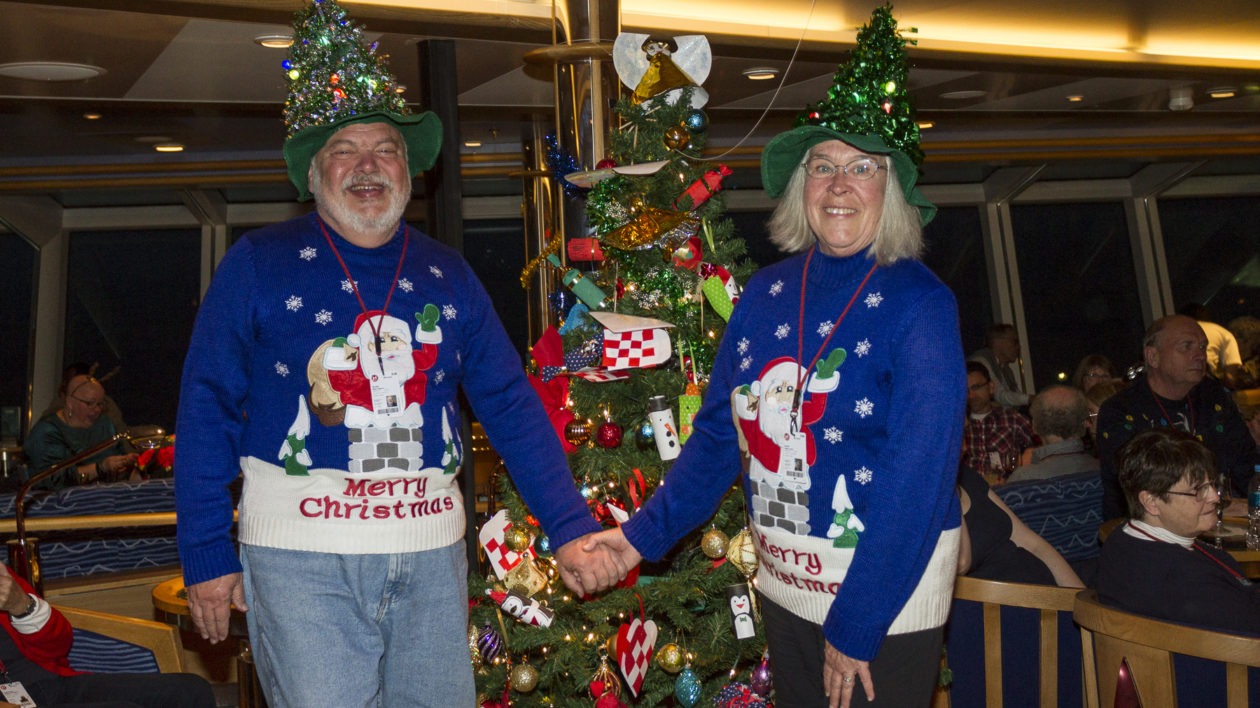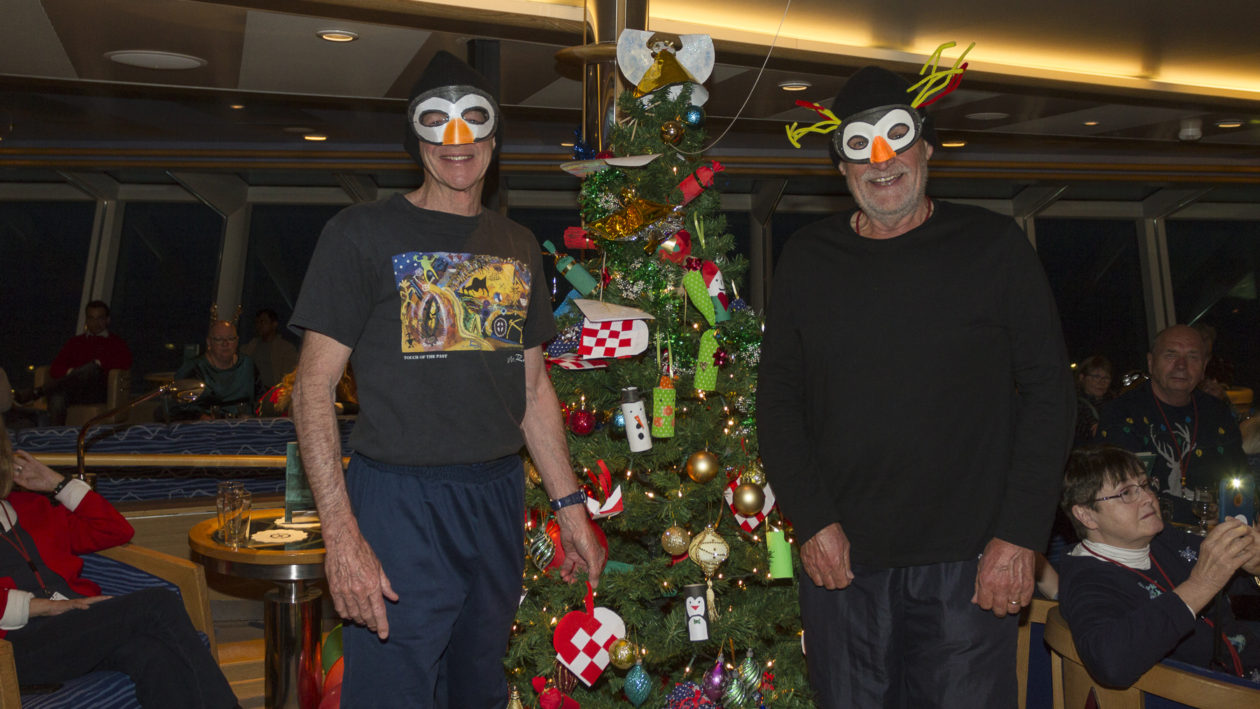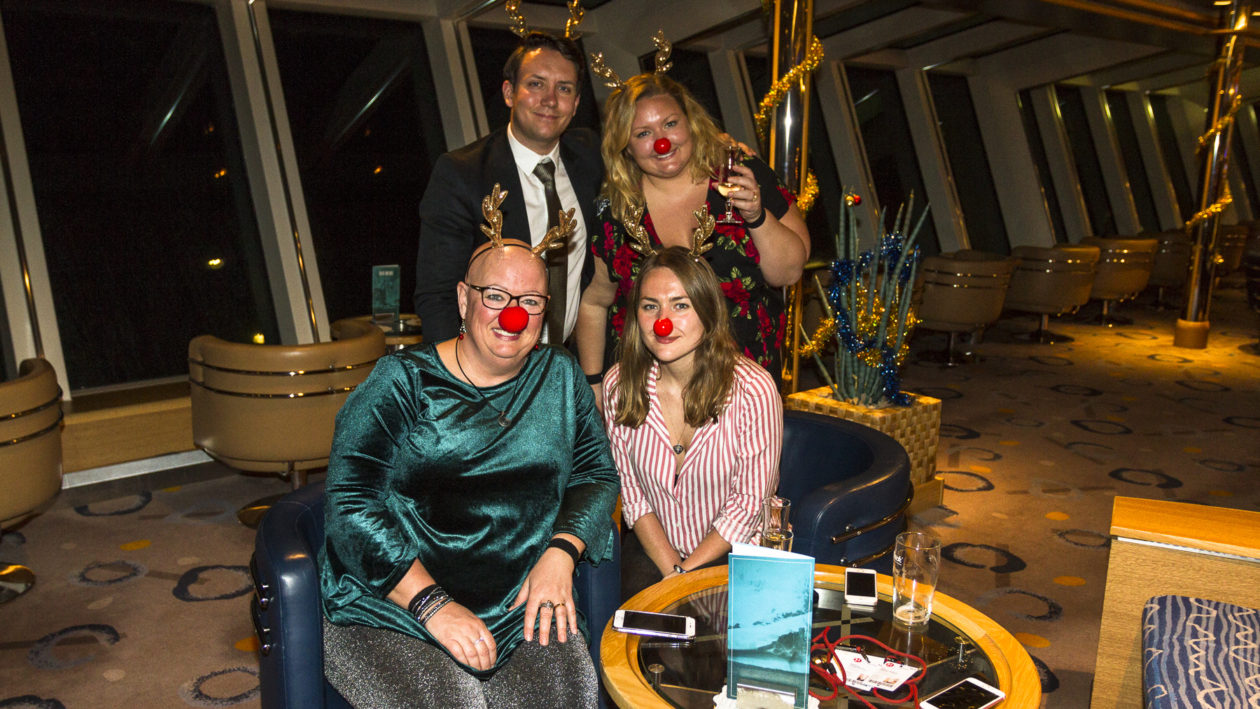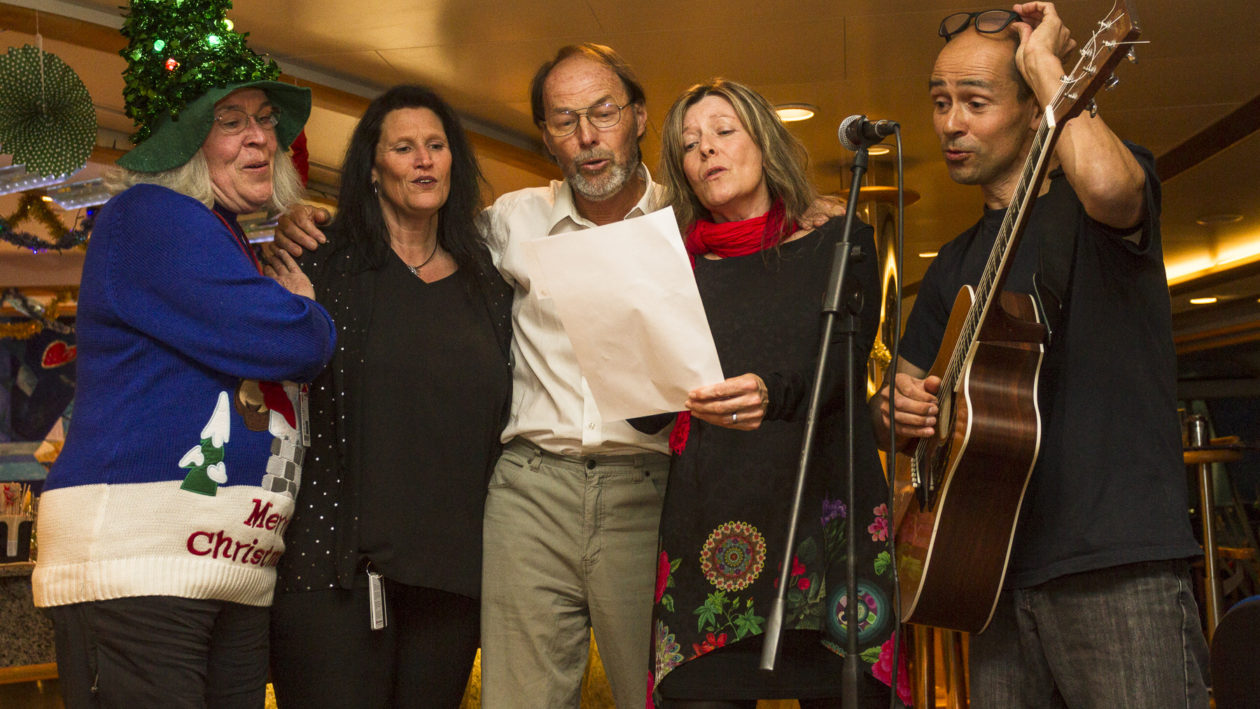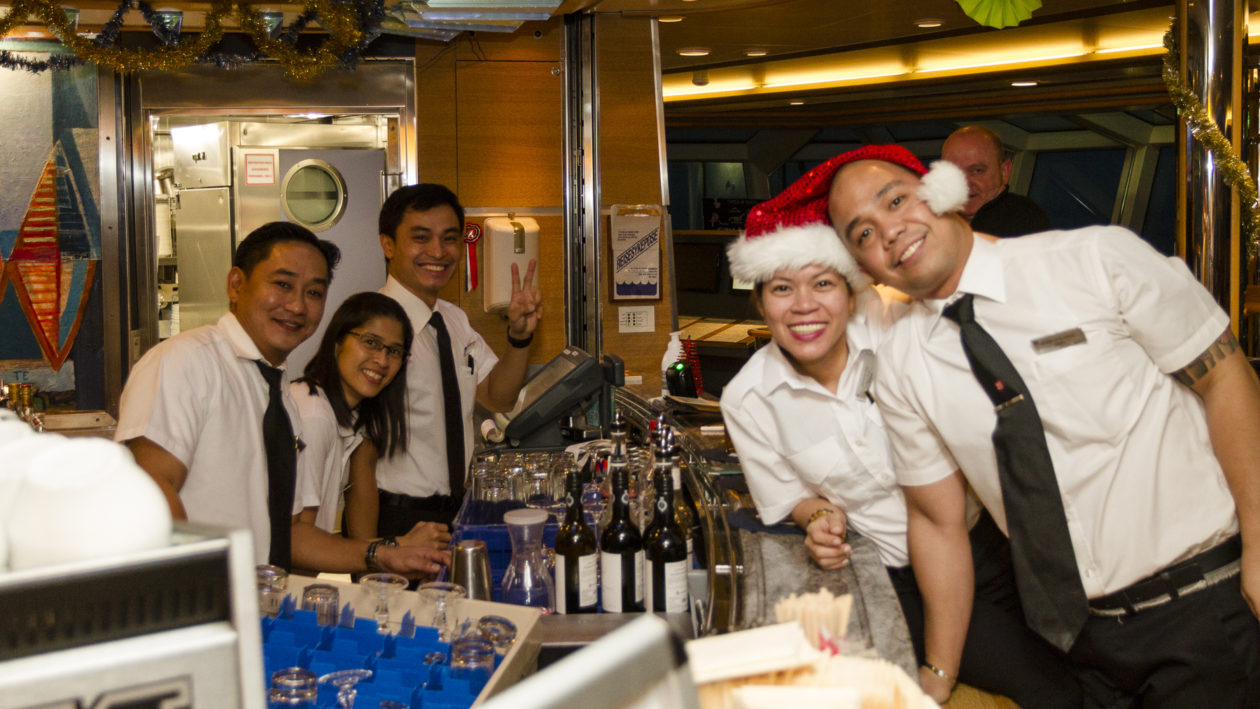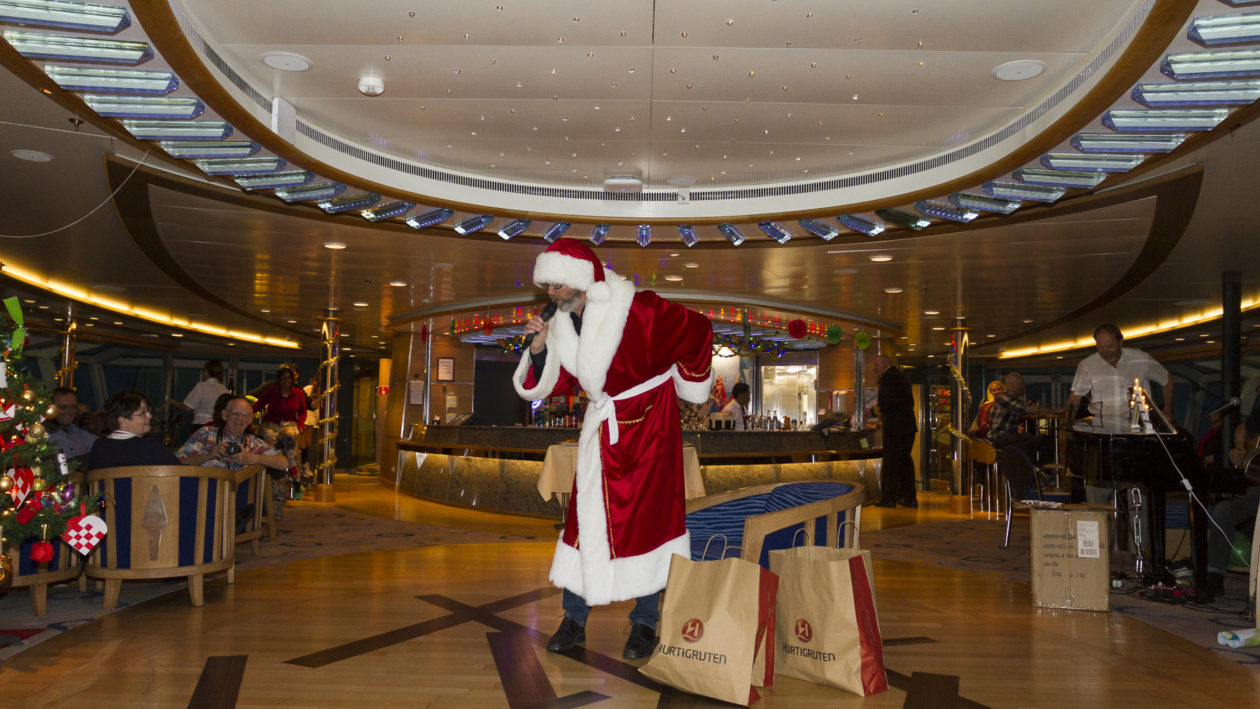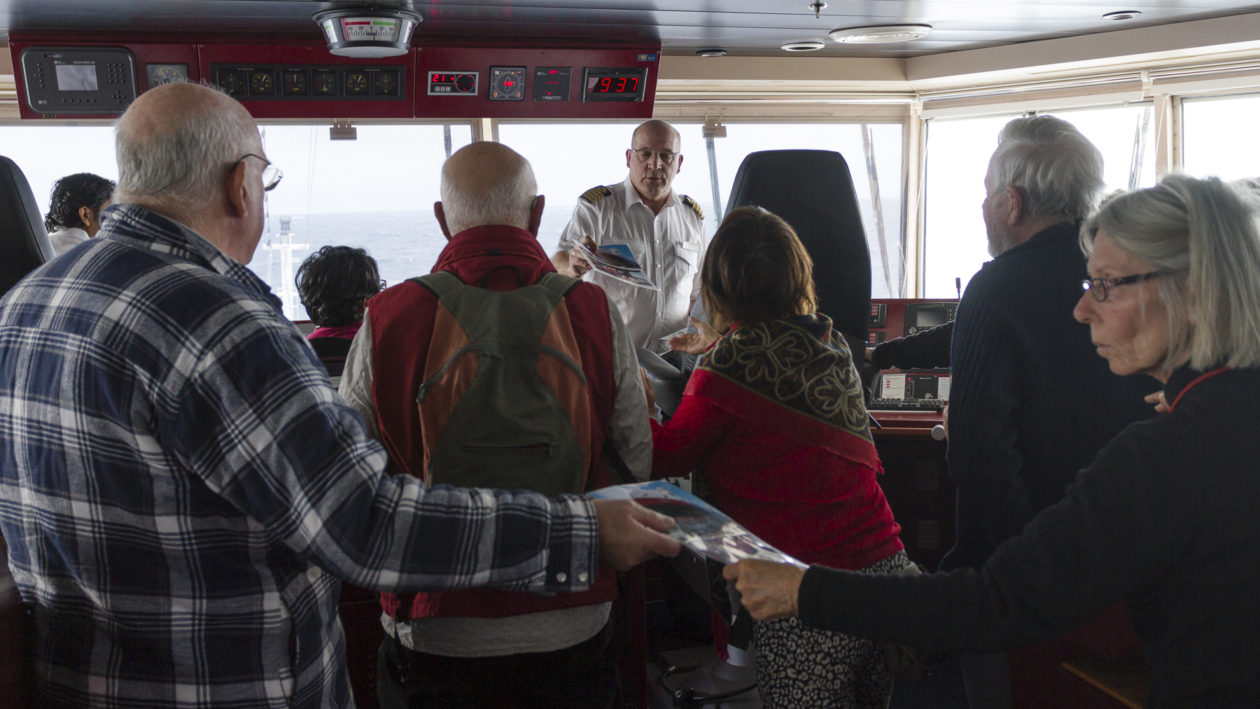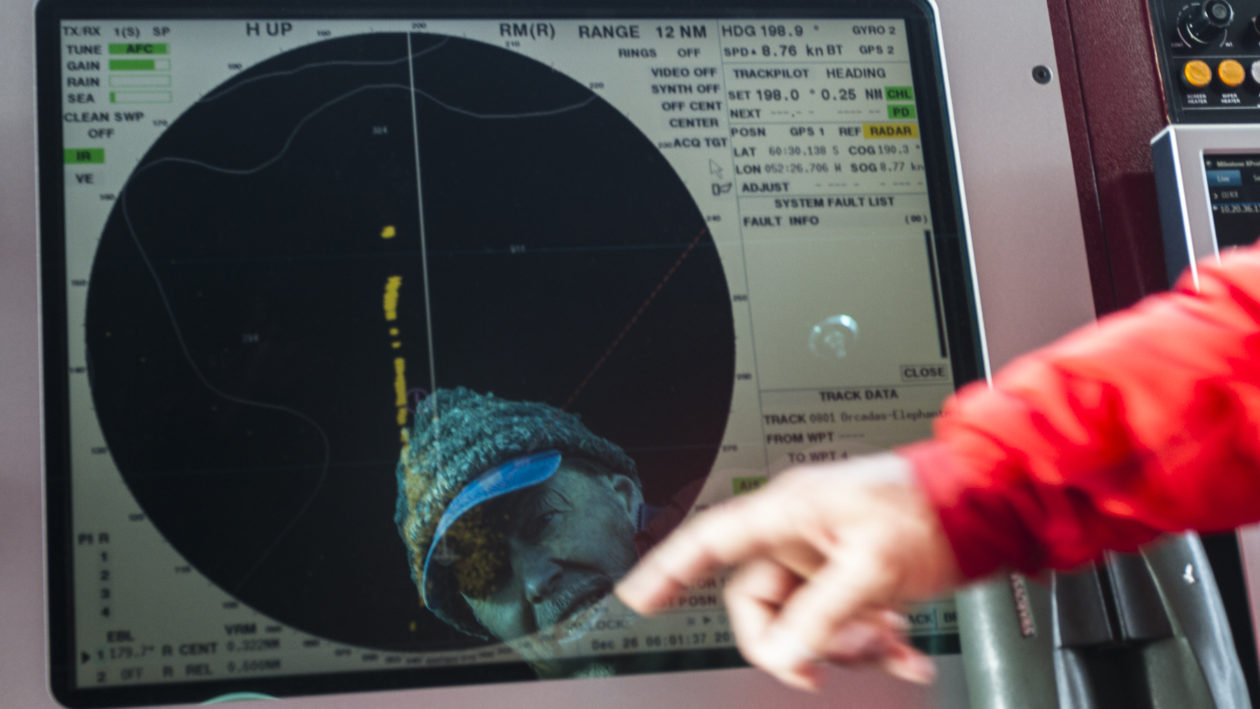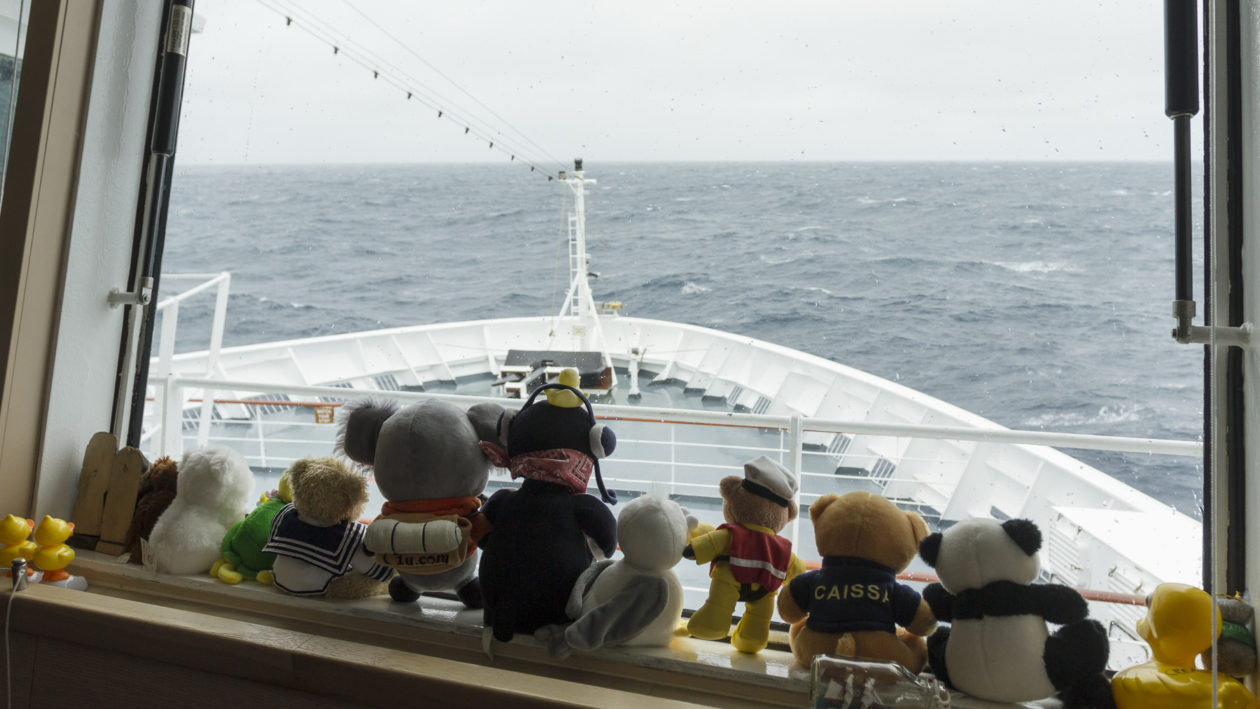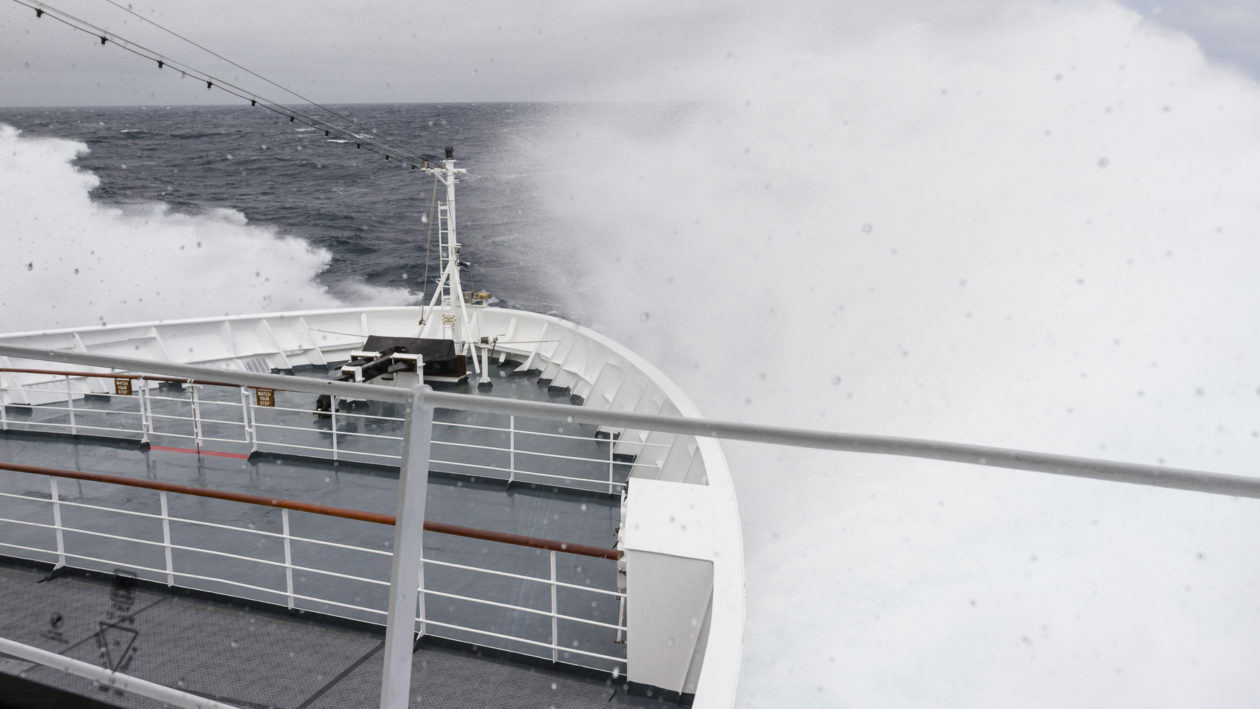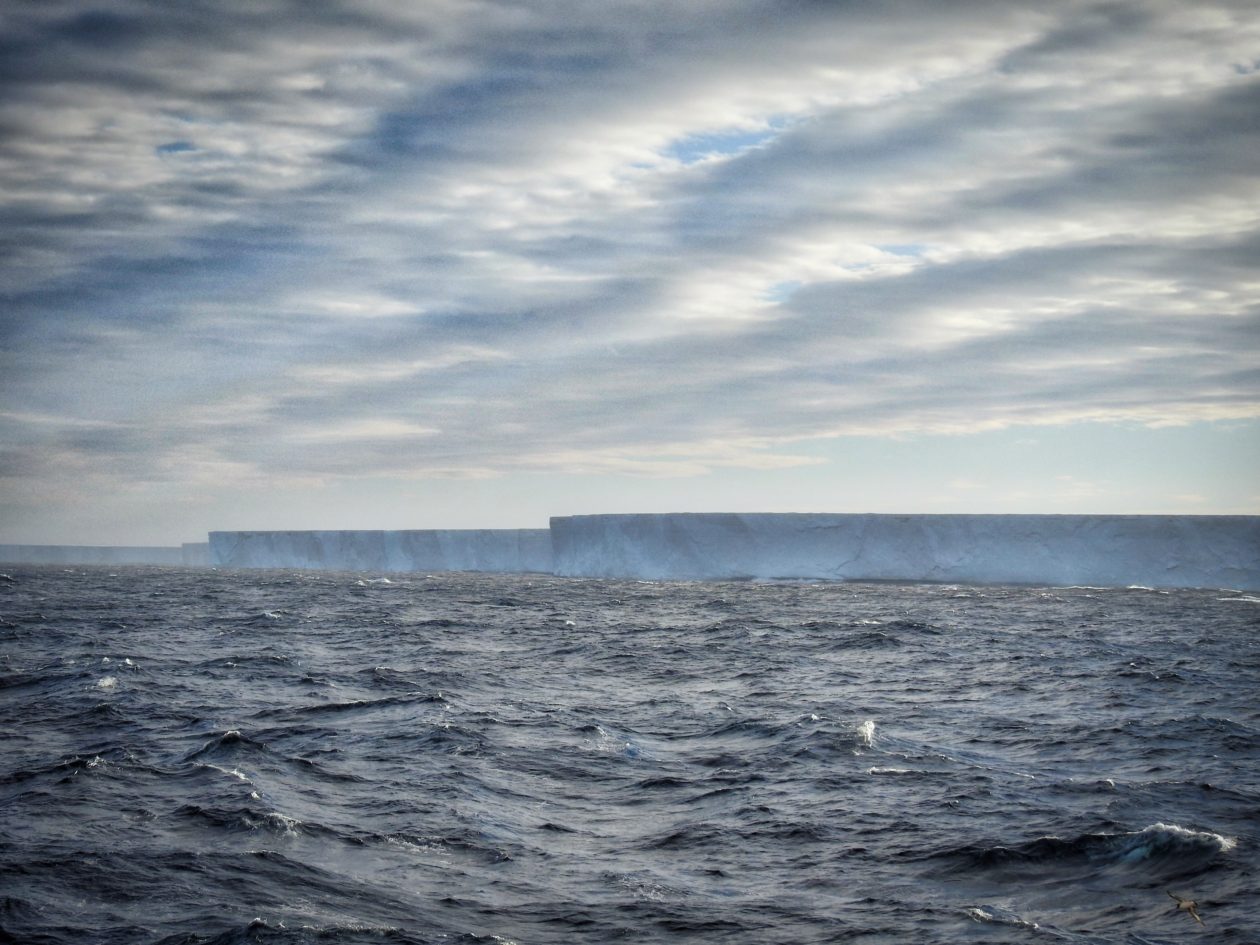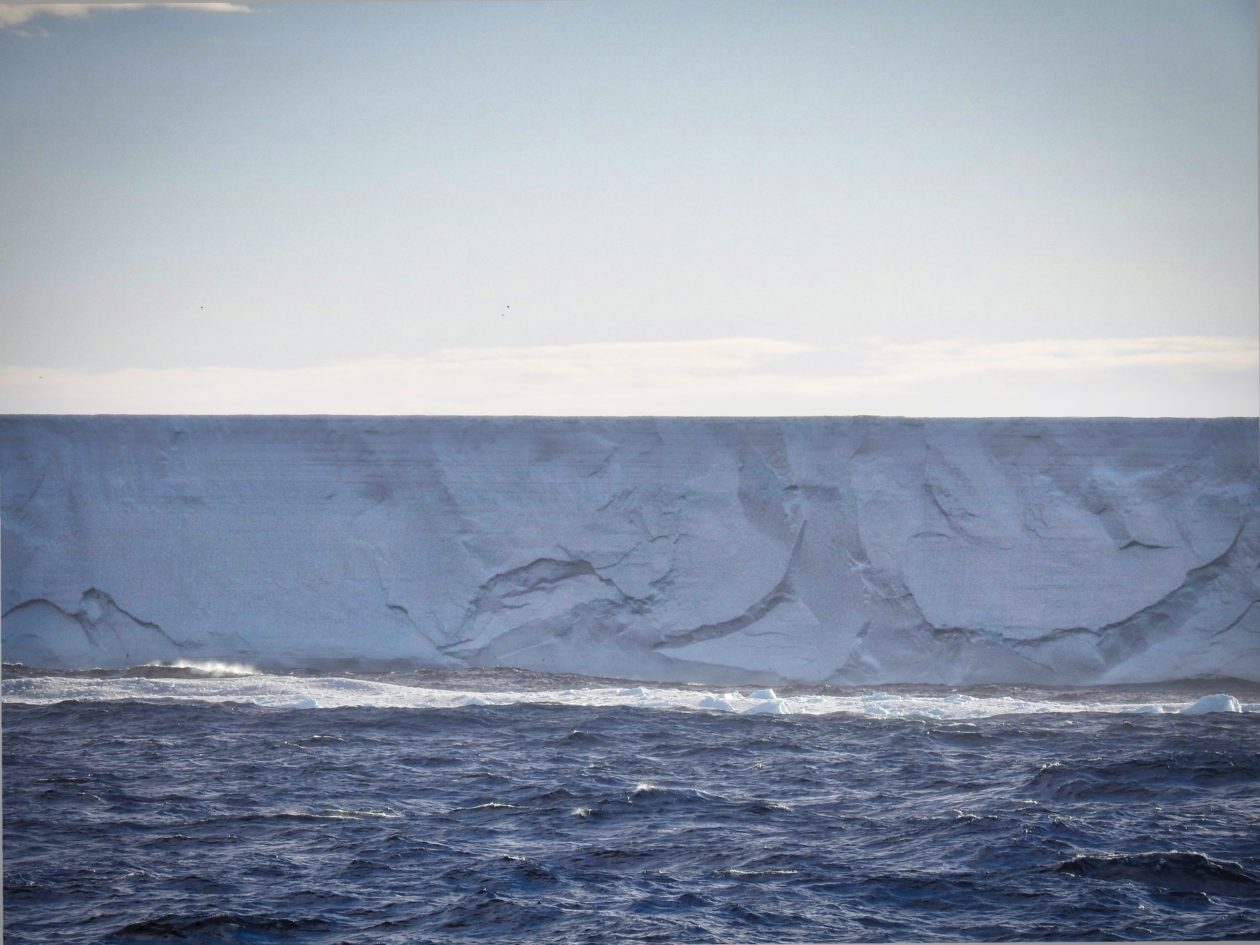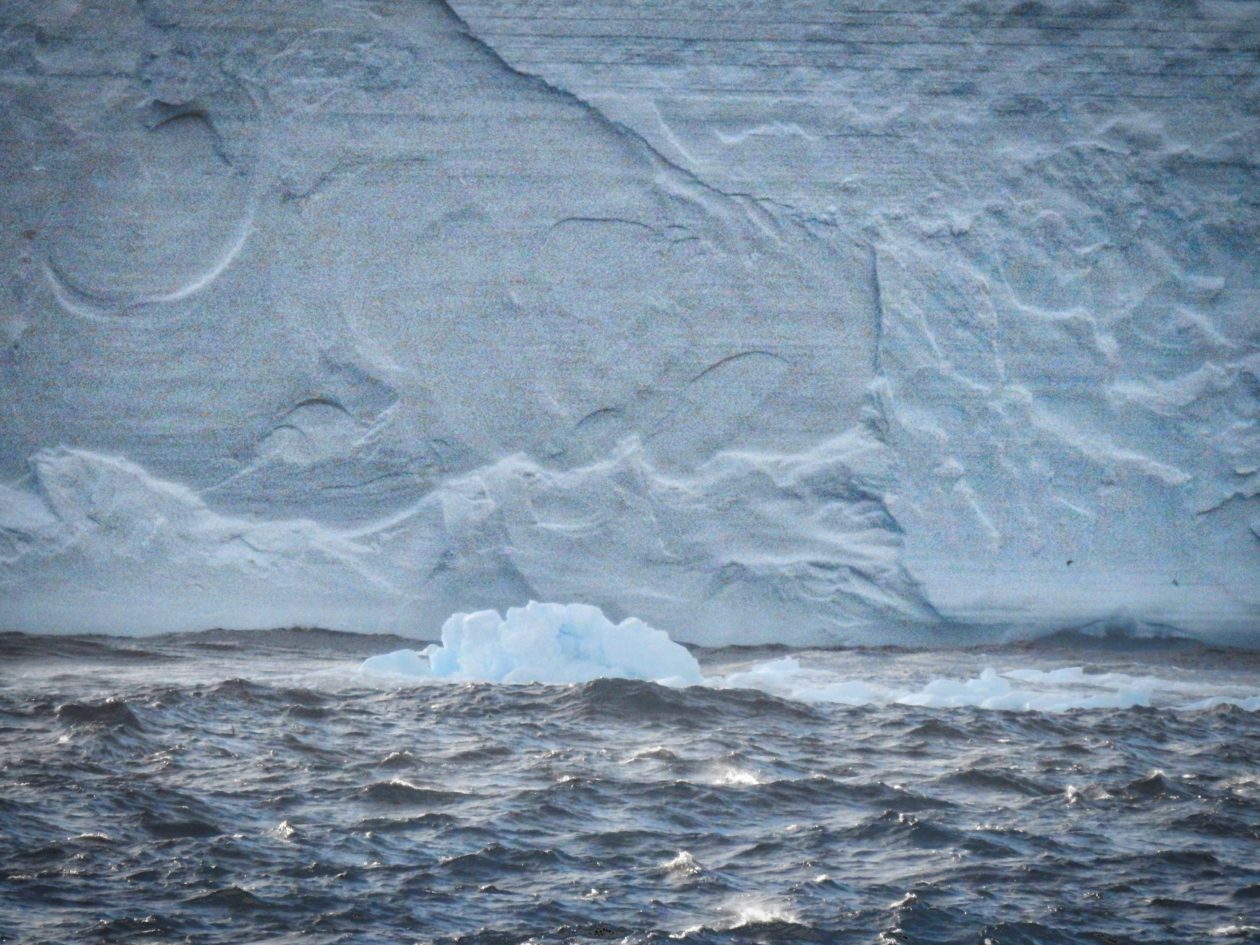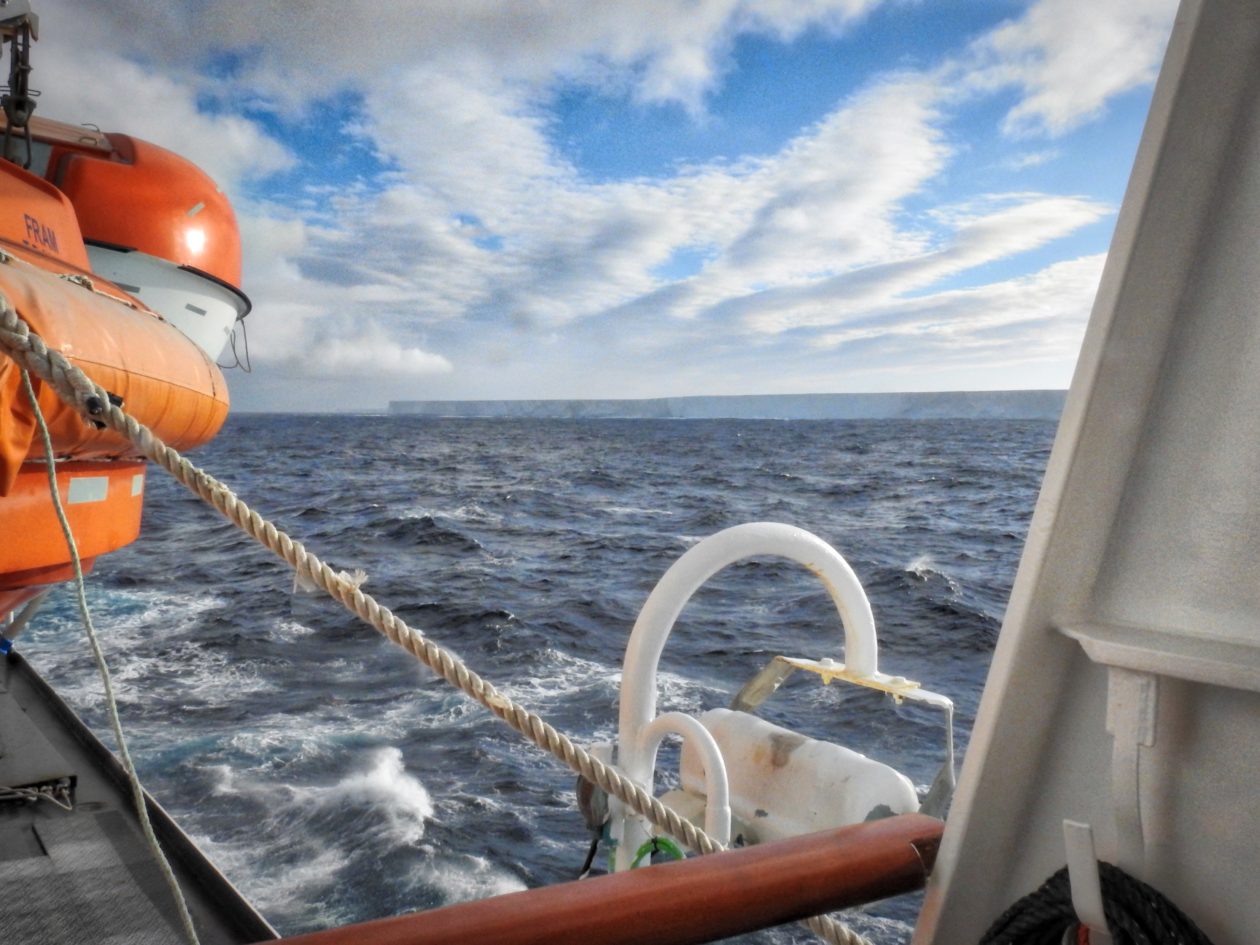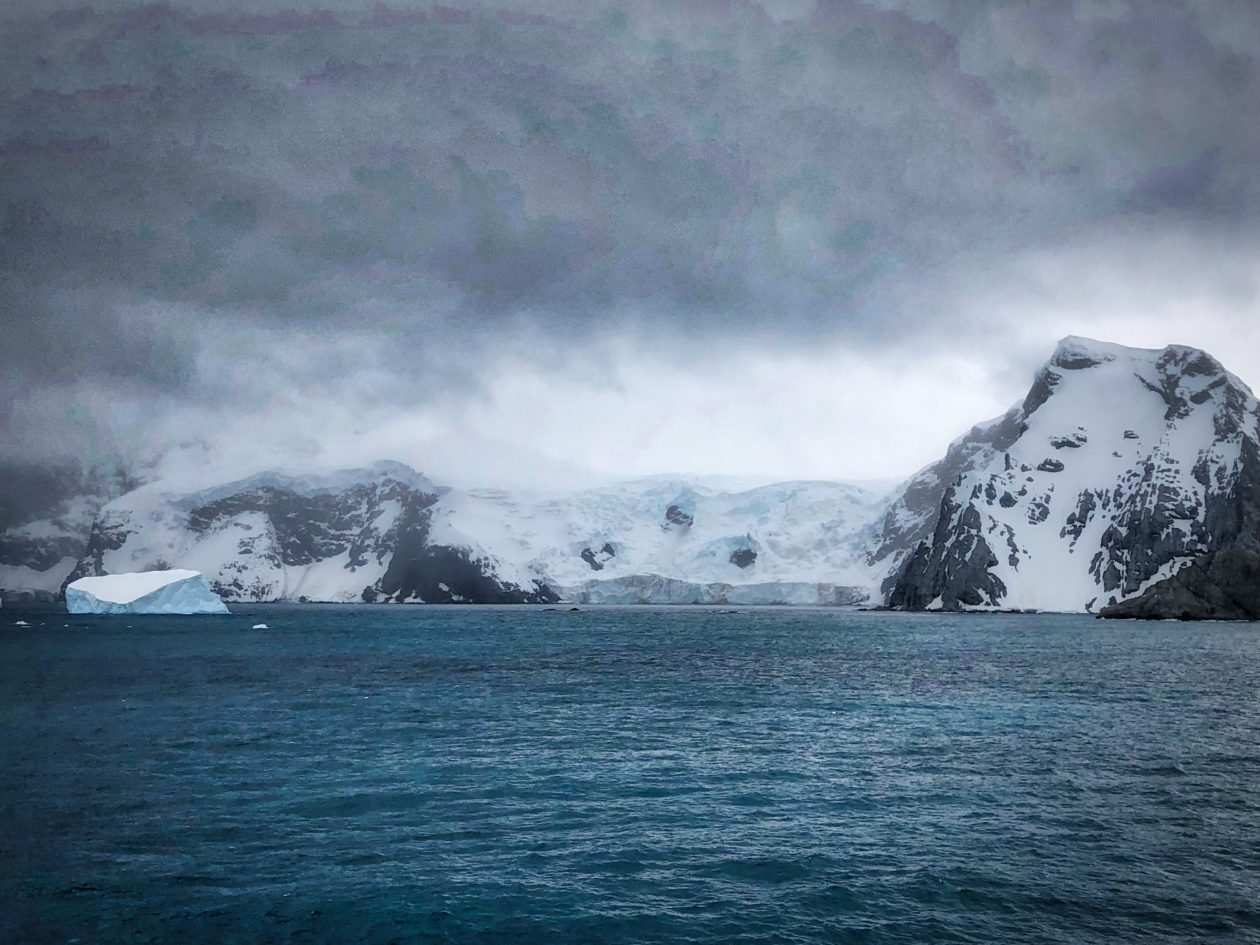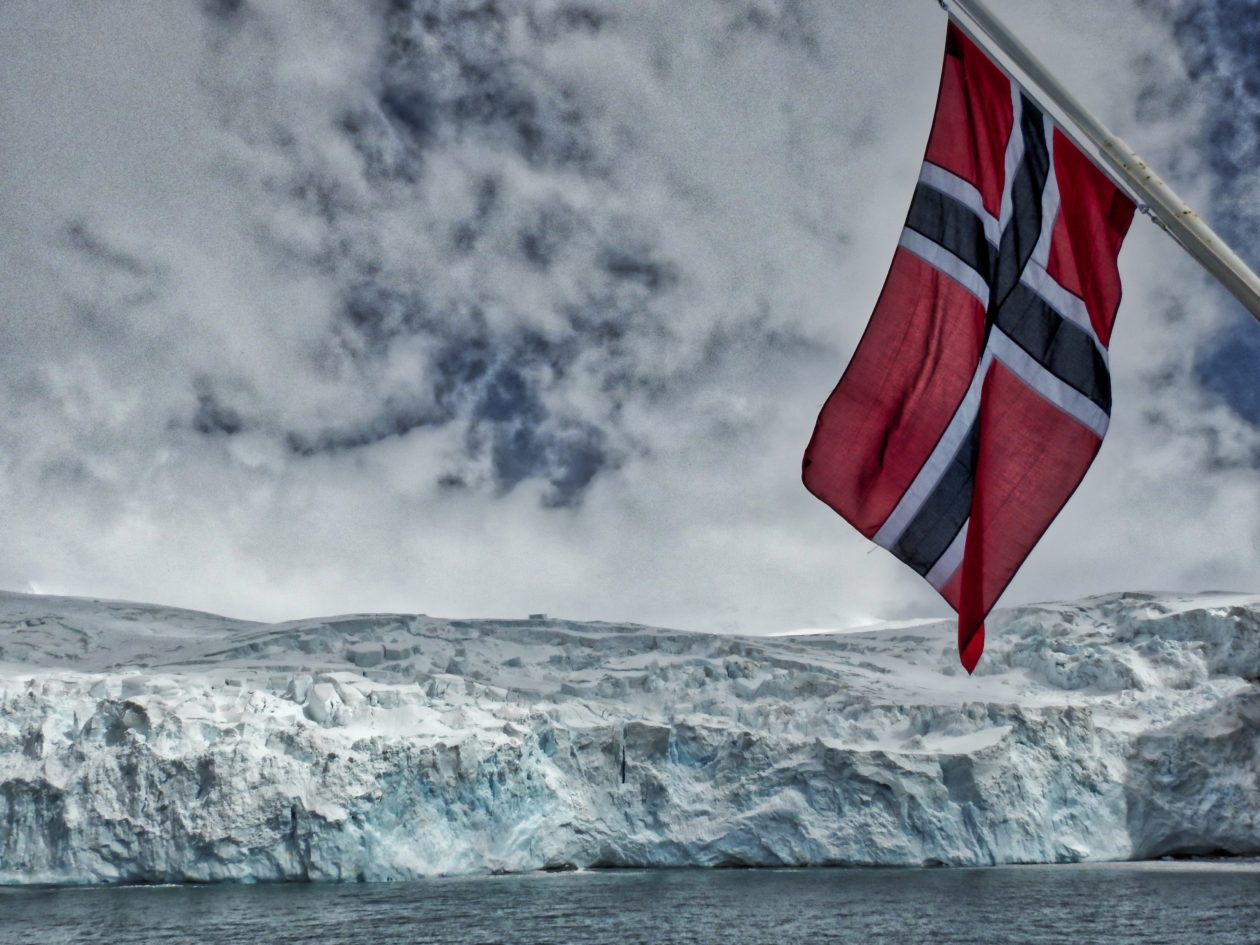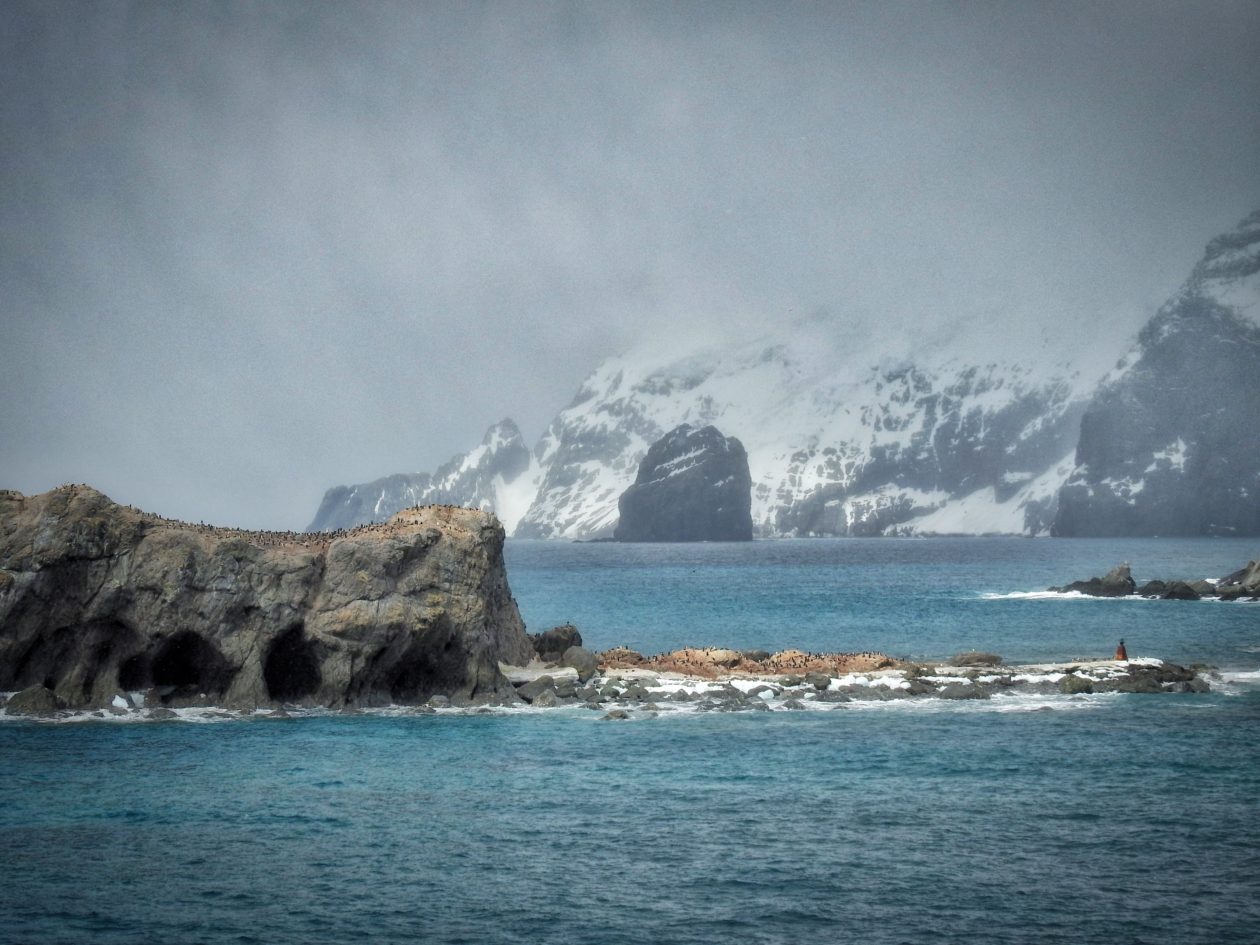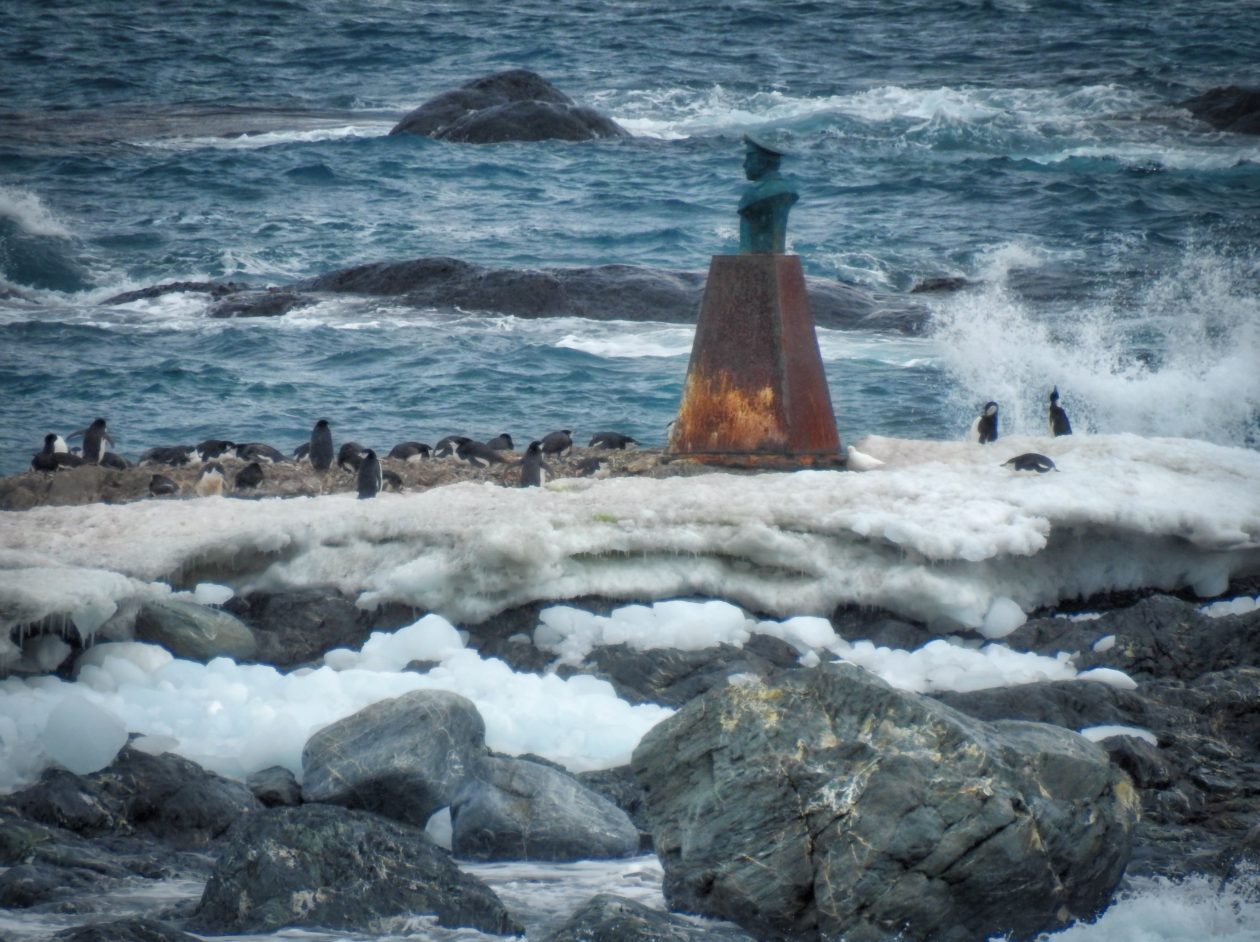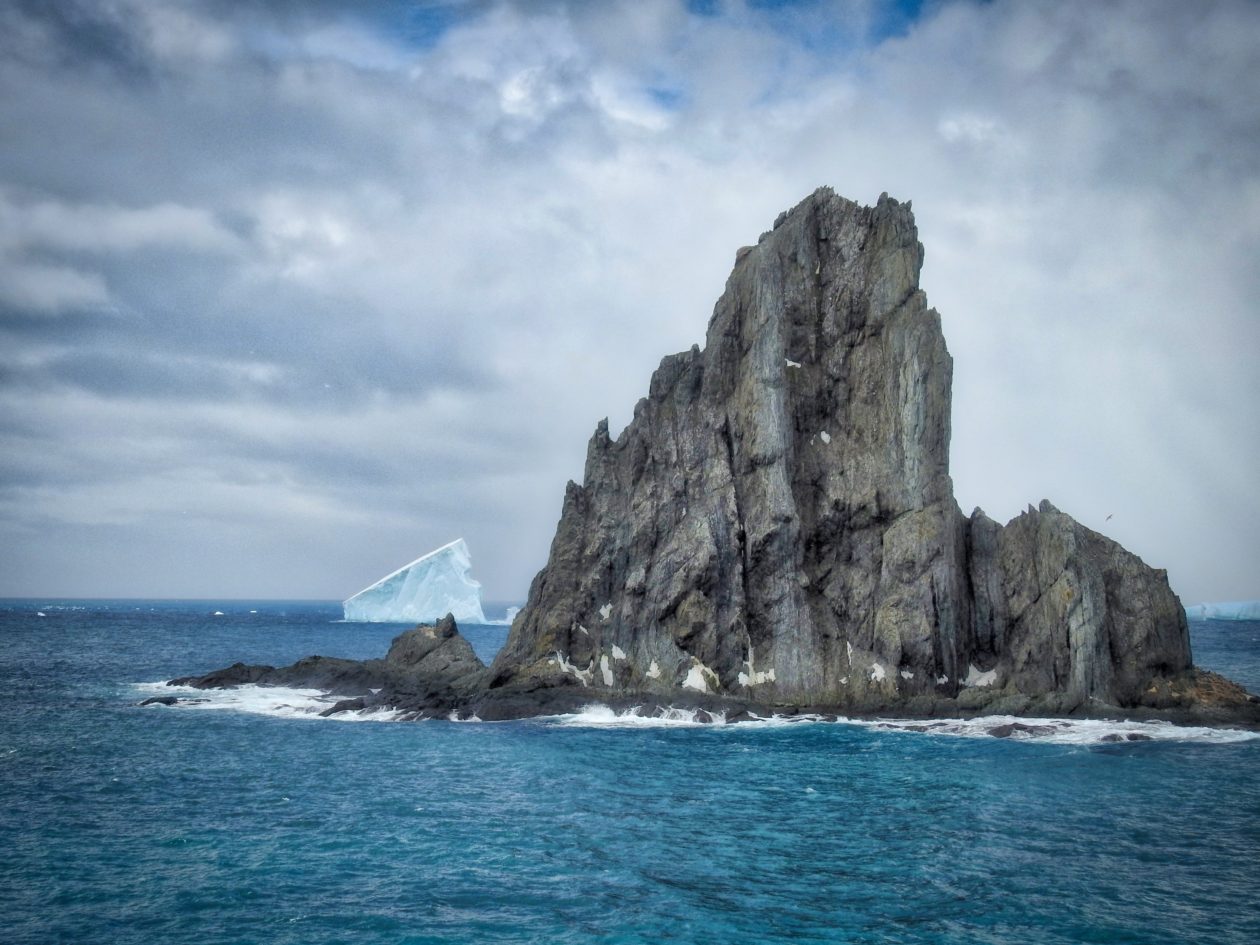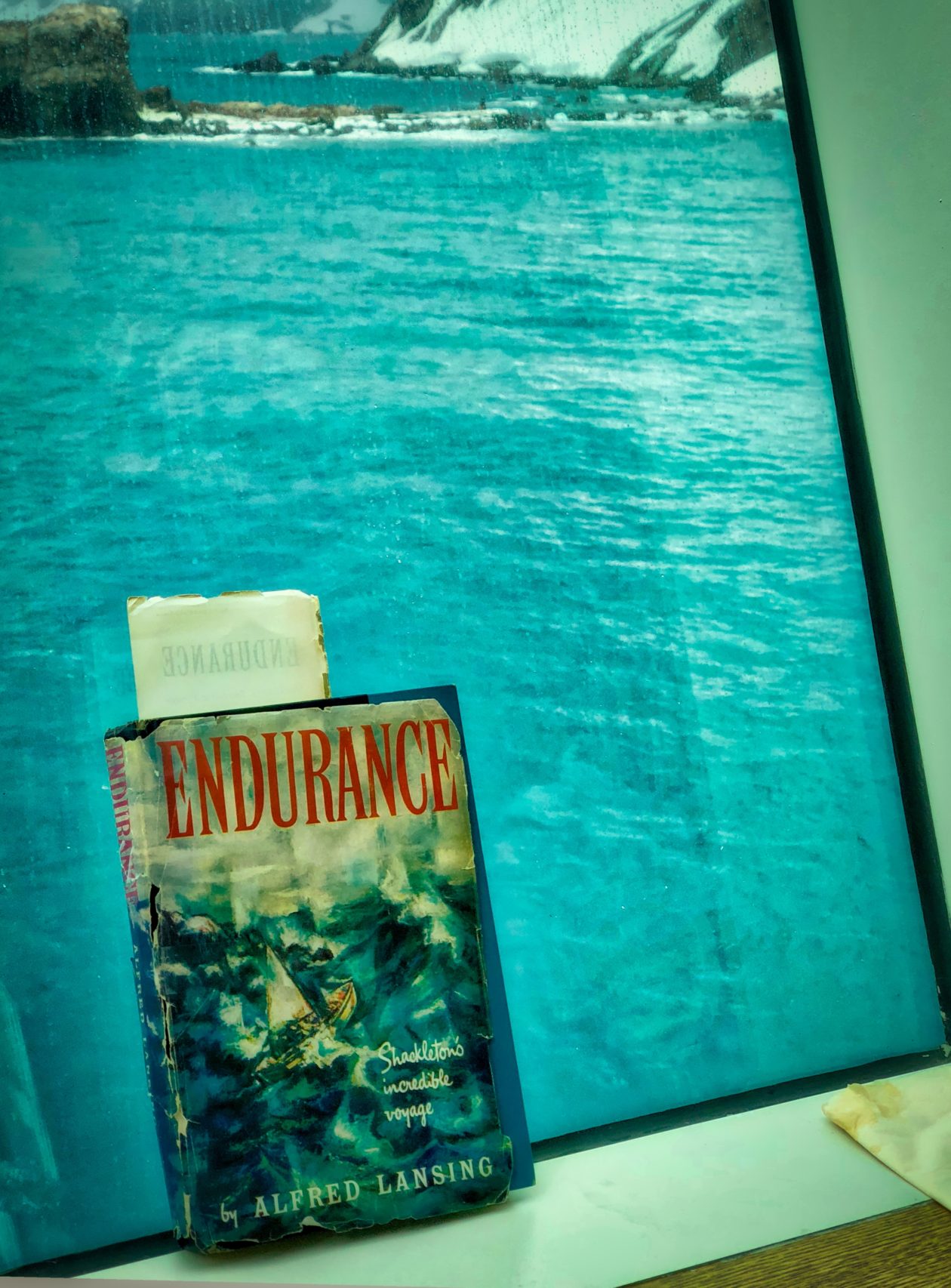- Buenos Aires, Argentina — the stopover
- Ushuaia and Tierra del Fuego National Park, Argentina
- The Falkland Islands
- South Georgia Island
- On the “road” to Antarctica, Christmas aboard the Fram, and Elephant Island
- Yankee Harbor and Deception Island, Antarctica
- Danco and Cuverville Islands, Antarctica
- Almirante Brown Station and Neko Harbor, Antarctica
- A surprise visit, Lemaire Channel, and Petermann Island
- The voyage home, New Year’s Eve, and some final thoughts
As we left South Georgia Island, I became aware of the mixing that goes on in the southern seas — whether vertically as the cold Antarctic waters mix with the warmer Atlantic waters or horizontally as the ongoing counterclockwise current around Antarctica push nutrients (and icebergs!) around the continent. The result of all this movement and mixing is an amazing quantity of sea life (e.g., whales, dolphins, and seals) and birds — lots of birds, dominated by several species of albatross. It is a feeding frenzy and amazing to watch.
As we headed for Antarctica (technically anything below 60 degrees South), we saw an increasing number of icebergs (I posted the images of the fragment of previously largest iceberg about a week ago). We also tried to stop at the South Orkney Islands, but there was too much pack ice and the Captain was concerned that we could get stuck there.
Being that this was a Christmas and New Year’s cruise, we had to celebrate the season and the crew made it extra special. As we had already had a “service” on South Georgia Island, now it was left to decorate the tree, sing Christmas carols, have a wonderful Christmas dinner, and await a visit from Father Christmas! I should note that in Norway, they celebrate Christmas on December 24th — hence, we had two days to celebrate! Everything started with making the decorations. Materials were laid out on all the tables and people got busy! Obviously, massive quantities of hot, spiced wine and Swedish pancakes enhanced the mood. My first attempts were something a kindergartener would have been ashamed of (those decorations never found their way to the tree!). Thankfully, Deb came up with an idea to make stars out of coffee stirrers and thankfully our family didn’t have to suffer shame. Christmas dinner (on the 24th) was made up of Norwegian holiday favorites (including lutefisk!). Because much of the food prep crew is Filipino, there were lots of artistic vegetable decorations. Following a scrumptious (if somewhat unknown) dinner, it was up to the Panorama Lounge for Christmas carols, a visit from Father Christmas, and dancing and carrying on.
On Christmas Day, we also got another treat — a visit to the bridge with the Captain. Needless to say, ship control and navigation has come a very long way from my days in the Navy. Having said that, all navigating officers are still require to know celestial navigation and human-controlled (vice automated) ship control. Having said that, there were a few surprises on the bridge that demonstrated the difference between a cruise ship and a naval vessel.
The day after Christmas brought an unexpected surprise. On our transit, we made close contact with iceberg B-15T, a piece of the original B-15 iceberg that broke off the Ross Ice Shelf in 2000. Until just recently, B-15 was the largest iceberg in history (183 miles long and 23 miles across — bigger than Jamaica!). This particular “fragment” is 27 miles long and nearly 23 miles wide (at its widest point). The top is about 150 feet above the water (God only knows how deep it goes). What is amazing is that this fragment is actually on the opposite side of Antarctica from where the original iceberg broke off. It turns out that icebergs flow around the Antarctic current in a counterclockwise (or anti clockwise depending on where you are from) direction as they break free of the surrounding pack ice. By contrast, the recent Larsen ice shelf hasn’t gone anywhere yet because it is still trapped in the pack ice. Anyway, there is really no way to take a picture of this (other than by satellite) to get the entirety of this giant!
After a few sea days, we arrived at Elephant Island, a medium-sized mountainous and glacial speck on the north edge of Antarctic waters. The reason to stop there was to finish the Shackleton story. You see, after Shackleton’s ship was crushed in the ice, he took all his men, 3 whale boats, and as many supplies as they could carry and pulled them across the ice (with the help of their dogs), drifted for 3.5 months on an ice floe, and ultimately sailed to Elephant Island (in the South Shetland Islands) when the ice floe broke up — the only Island they could get to and not risk being carried away by the currents to Africa. Anyway, this was where Shackleton started his epic journey to South Georgia and the rest of the 28 crew had to wait for rescue. They survived on a tiny spit of land surrounded by mountains and glaciers that frequently calved and threatened to carry them away. They used their overturned boats for shelter and hunted seals, birds, etc. for food. They survived for 4.5 months like this and did not lose a single man! I should note that just before we arrived at Elephant Island, we came across a pod of about 30 Fin Whales feeding in the area. It looked like there was a lot of cooperative behavior in the hunt. Quite amazing to watch!
